What Is Marble Tile? Complete Guide for Designers

Most people picture gleaming white surfaces when they hear the word marble, yet marble tile actually comes in a vibrant spectrum of colors and patterns. This natural stone, formed over millions of years, offers much more than its classic elegance. With over five major types widely used in design today, knowing the facts and dispelling common myths about marble can help you make choices that elevate any space and ensure your investment stands the test of time.
Table of Contents
- Defining Marble Tile And Common Misconceptions
- Major Types Of Marble Tile Explained
- Essential Properties And Performance Characteristics
- Popular Design Applications And Use Cases
- Installation Requirements And Maintenance Essentials
- Comparing Marble Tile To Other Natural Stones
Key Takeaways
| Point | Details |
|---|---|
| Marble Tile Characteristics | Marble tiles exhibit unique natural patterns, high sheen finishes, and moderate durability when properly maintained. |
| Types of Marble | Key varieties include Carrara, Statuary, Calacatta, Emperador, and Crema Marfil, each offering distinctive aesthetics. |
| Installation & Maintenance | Professional installation and regular sealing every 6-12 months are essential for preserving marble’s beauty and longevity. |
| Comparison with Other Stones | Marble’s softness (3-4 Mohs) necessitates attentive care, distinguishing it from harder materials like granite but enhancing its aesthetic appeal. |
Defining Marble Tile and Common Misconceptions
Marble tile is a stunning natural stone material that has captivated designers and homeowners for centuries. According to Kerameikos, marble is a metamorphic rock composed of recrystallized carbonate minerals, most commonly calcite or dolomite. While many people imagine marble as purely white, this remarkable stone actually comes in a stunning array of colors and patterns.
Geologically speaking, marble forms through a fascinating transformation process. Handwiki explains that marble results from the recrystallization of limestone or dolomitic limestone, distinguished by its visibly crystalline nature and unique non-layered structure. This natural metamorphosis creates a material that is both incredibly durable and breathtakingly beautiful.
Common misconceptions about marble tile often prevent designers from fully appreciating its potential. Many believe marble is too delicate or high-maintenance for practical applications. However, when properly sealed and maintained, marble tiles can be an incredibly versatile design element suitable for floors, walls, countertops, and decorative accents. The key is understanding its characteristics and implementing proper care techniques.
Key features that make marble tile exceptional include:
- Unique, one-of-a-kind natural patterns
- Ability to be polished to a high sheen
- Thermal properties that keep surfaces cool
- Impressive durability when correctly maintained
- Wide range of color variations from pure white to deep greens and blacks
For designers seeking to master marble selection and design, understanding these fundamental characteristics is crucial. Each marble tile tells a geological story millions of years in the making, transforming spaces from ordinary to extraordinary.
Major Types of Marble Tile Explained
Designers seeking to elevate their projects have a rich palette of marble tile varieties to choose from. According to IOSR Journals, there are five primary marble types widely used in construction: Carrara, Statuary, Calacatta, Emperador, and Crema Marfil, each offering unique aesthetic possibilities.
Carrara marble, perhaps the most recognizable, features a white base with delicate dark veining. Its subtle elegance makes it a favorite among architects and designers for creating sophisticated spaces. Statuary marble provides a bright white foundation with fine gray veining, offering a more pristine and luminous appearance that can make rooms feel larger and more open.
Handwiki highlights the global diversity of marble, noting historically significant varieties from regions like Greece, Georgia, India, Spain, and Italy. Each geographic origin contributes unique characteristics to the stone, influencing its color, pattern, and overall aesthetic appeal.
Here’s a quick guide to marble tile varieties:
- Calacatta: White background with bold golden or gray veins
- Emperador: Available in dark and light brown shades
- Crema Marfil: Soft light beige or yellow tones
- Nero Marquina: Deep black marble with white veining
- Parian: Classic white marble from Greece
For designers looking to enhance their space with elegant marble options, understanding these variations is key to selecting the perfect tile for any design vision.
Essential Properties and Performance Characteristics
Understanding the intrinsic properties of marble tile is crucial for designers and homeowners planning sophisticated installations. Donghai Crystal reveals that white marble is primarily composed of calcium carbonate (CaCO3), formed through millions of years of geological transformation under intense heat and pressure. Notably, marble has a Mohs hardness of 3-4, which classifies it as a relatively soft stone compared to more durable materials like granite.
The composition of marble is remarkably complex. IIETA explains that beyond its primary calcite structure, marble can incorporate additional minerals such as clay, mica, quartz, pyrite, iron oxide, and graphite. These mineral inclusions are responsible for the stunning color variations and unique patterns that make each marble tile a natural work of art.
One of the most critical considerations for marble tile is its porosity. Because marble is a porous material, it can readily absorb liquids and is susceptible to staining if not properly sealed. This characteristic requires careful maintenance and periodic sealing to preserve its beauty and structural integrity. Designers must consider this when selecting marble for high-traffic areas or spaces prone to moisture and potential spills.
Key performance characteristics of marble tile include:
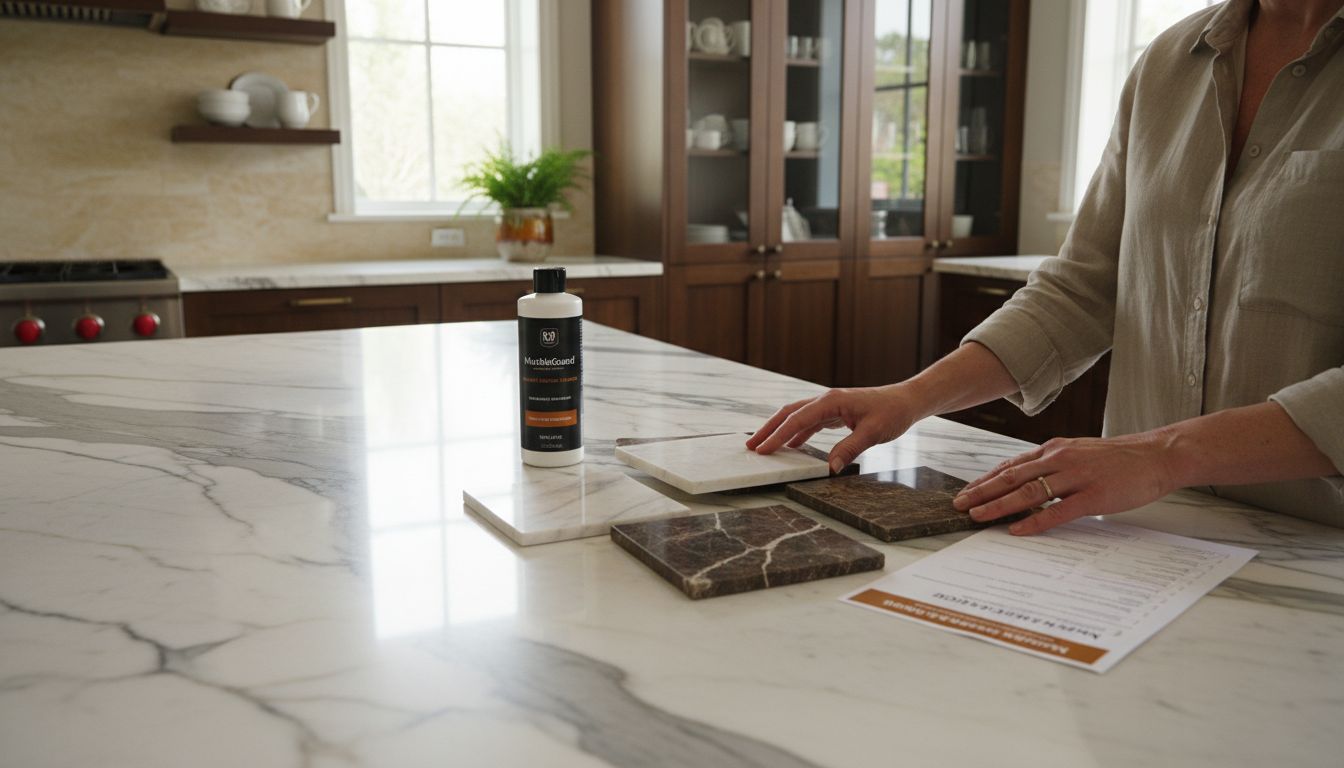
- Natural temperature regulation
- Unique, unrepeatable patterns
- Ability to be polished to a high sheen
- Moderate durability with proper maintenance
- Excellent thermal mass properties
When exploring marble’s diverse design potential, understanding these fundamental properties ensures both aesthetic excellence and long-term performance.
Popular Design Applications and Use Cases
Marble tile has long been a symbol of luxury and sophistication in design, with applications that span both residential and commercial spaces. Donghai Crystal highlights marble’s historical significance, noting its use in iconic sculptures and architectural marvels like Michelangelo’s David and the Pantheon in Rome, demonstrating its timeless appeal and versatility.
Impact Wealth reveals the nuanced color potential of marble, emphasizing how different hues can transform design narratives. White marble varieties like Carrara and Calacatta offer clean, classic aesthetics perfect for bathrooms and kitchens. Grey marble introduces subtle depth without overwhelming a space, making it ideal for modern minimalist designs, while black marble creates dramatic, high-contrast statements that command attention.
Designers leverage marble tiles in multiple architectural contexts, each application showcasing the material’s remarkable adaptability. In residential settings, marble excels as flooring, countertops, backsplashes, and accent walls. Commercial spaces like hotels, restaurants, and corporate lobbies utilize marble to communicate elegance and sophistication, creating memorable first impressions that speak to refined taste and quality.
Key design applications include:
- Kitchen countertops and islands
- Bathroom vanities and shower surrounds
- Fireplace facades
- Feature walls and accent surfaces
- Flooring in high-end residential and commercial spaces
- Custom furniture and decorative elements
For designers looking to explore elegant marble design possibilities, understanding these versatile applications can unlock transformative design potential.
Installation Requirements and Maintenance Essentials
Marble tile installation is a nuanced process that demands precision and expertise. The Constructor highlights that marbles are available in various sizes with specific tolerances for blocks, slabs, and tiles, emphasizing the critical importance of professional installation to ensure long-term durability and aesthetic appeal.
Eric Files reveals that marble can be finished in multiple ways, including highly polished surfaces for walls, ‘honed’ or dull finishes for stair treads, and sand-finished variants for floors and platforms. Understanding these finish types is crucial for selecting the right marble tile for specific design applications and anticipated foot traffic.
Professional installation requires several critical steps to guarantee optimal performance. Subfloor preparation is paramount, involving thorough cleaning, leveling, and potentially applying a specialized underlayment to create a stable foundation. Proper adhesive selection, precise cutting techniques, and meticulous grout application are essential to prevent future issues like uneven surfaces, moisture penetration, or premature wear.
Key maintenance guidelines include:
- Seal marble tiles every 6-12 months
- Use pH-neutral cleaning solutions
- Avoid acidic or abrasive cleaners
- Immediately wipe up spills to prevent staining
- Use soft, non-scratching cleaning tools
- Protect surfaces from heavy furniture and sharp objects
For designers seeking to explore comprehensive marble design solutions, understanding these installation and maintenance essentials is critical for long-lasting, beautiful marble tile applications.
Comparing Marble Tile to Other Natural Stones
Natural stone selection requires careful consideration of each material’s unique characteristics. Donghai Crystal highlights that marble has a relatively soft Mohs hardness rating of 3-4, which distinguishes it from more durable stones like granite. This softer composition means marble requires more attentive maintenance and can be more susceptible to scratching and wear compared to its harder counterparts.
While granite and quartzite offer superior durability, marble brings unparalleled aesthetic elegance that cannot be replicated. Eric Files notes that marble can be finished in multiple ways - from highly polished surfaces to honed and sand-finished variants - providing designers with remarkable versatility that other natural stones often lack. This adaptability allows marble to transform spaces in ways other materials cannot.
Each natural stone presents unique pros and cons. Granite is harder and more resistant to scratches, while travertine shares marble’s softer composition. Slate offers more rugged textures, and limestone provides similar geological origins but with different visual characteristics. Marble distinguishes itself through its luminous quality, intricate veining, and ability to reflect light in ways other stones cannot.
Comparative stone characteristics:
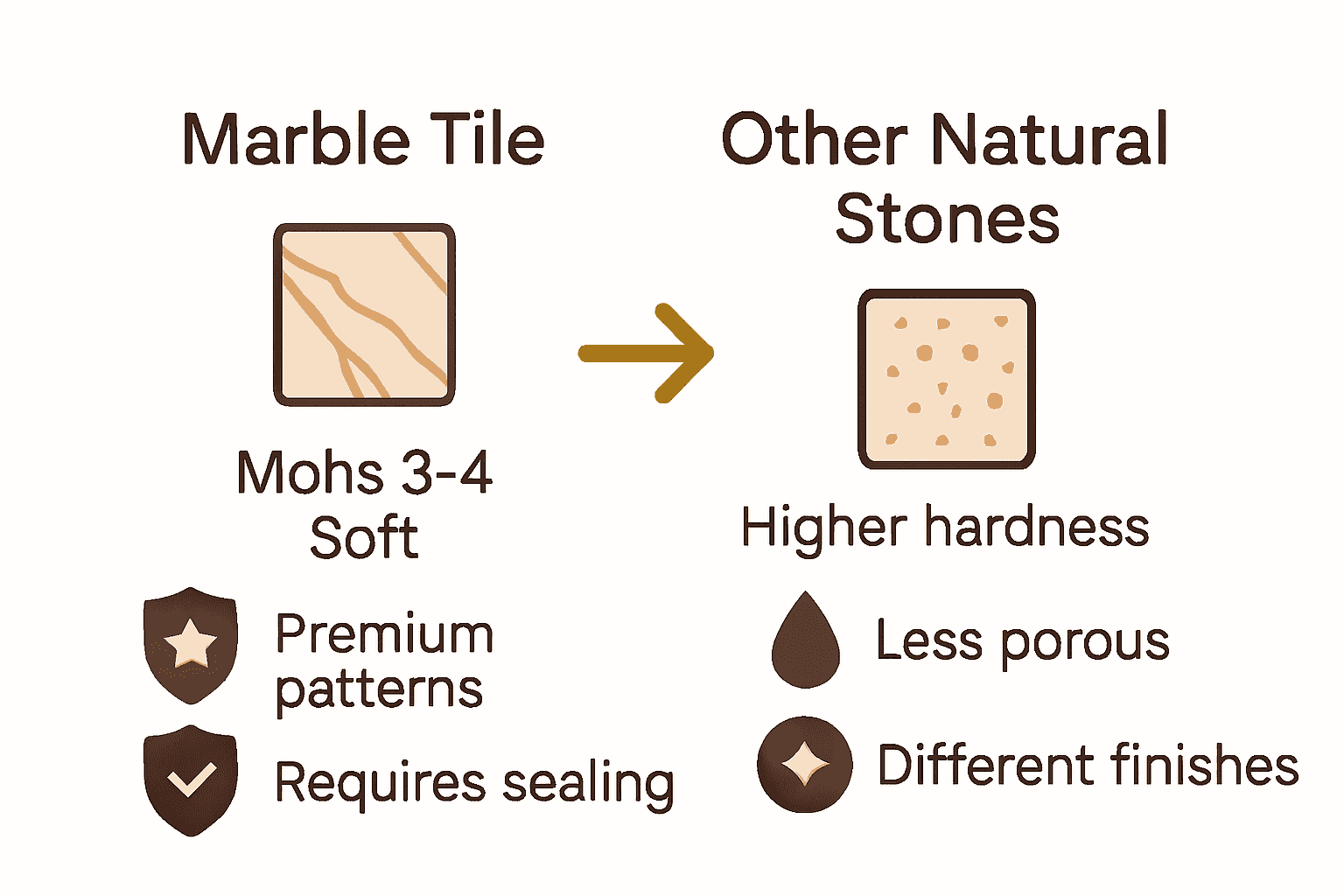
- Marble: Soft (3-4 Mohs), elegant, varied finishes
- Granite: Hard (6-7 Mohs), durable, less varied patterns
- Quartzite: Extremely hard, resistant to etching
- Travertine: Soft, similar porosity to marble
- Slate: Rugged, textured surface
For designers looking to explore alternative stone options that mimic marble’s elegance, understanding these nuanced differences is crucial in making informed design decisions.
Elevate Your Designs with Premium Marble Tile Solutions
Designing with marble tile means embracing natural beauty and timeless elegance. Yet, challenges like selecting the right marble variety, ensuring proper maintenance, and achieving flawless installation can feel overwhelming. Whether it is managing marble’s porosity or choosing between Carrara and Calacatta, finding authentic, durable, and stunning marble tiles is essential to bring your vision to life.
Surfaces Galore understands the desire for quality and style without compromise. Surfaces Galore offers a wide selection of premium marble tiles sourced directly from trusted quarries, ensuring each piece tells a unique geological story. From elegant countertop surfaces to sophisticated flooring options, our natural stone delivers lasting beauty that transforms any space.
Discover marble that meets your exacting standards and enjoy expert guidance every step of the way.

Ready to master marble in your next project? Explore our collection and find the perfect marble tile to fit your design goals today. Visit Surfaces Galore to unlock exceptional stone options crafted for brilliance and durability. Let us help you turn ordinary spaces into extraordinary showcases of natural elegance.
Frequently Asked Questions
What is marble tile and how is it formed?
Marble tile is a natural stone made from recrystallized carbonate minerals, primarily calcite or dolomite. It forms through the metamorphosis of limestone under intense heat and pressure, resulting in a beautiful and durable stone.
What are the unique characteristics of marble tile?
Marble tile is known for its unique patterns, ability to be polished to a high sheen, and excellent thermal properties that keep surfaces cool. It is also moderately durable when properly maintained and comes in a wide range of colors and variations.
How should I maintain marble tile to prevent staining?
To maintain marble tile and prevent staining, it’s essential to seal it every 6-12 months, use pH-neutral cleaning solutions, and immediately wipe up spills. Avoid using acidic or abrasive cleaners, and use soft, non-scratching cleaning tools to protect the surface.
How does marble tile compare to other natural stones?
Marble tile is softer than granite and quartzite, with a Mohs hardness rating of 3-4. While it requires more maintenance due to its susceptibility to scratches and stains, its unique aesthetic appeal, intricate veining, and ability to reflect light set it apart from other natural stones.

 Best Selling Marble Collections
Best Selling Marble Collections
 Arabescato Corchia
Arabescato Corchia Bardiglio
Bardiglio Bianco Dolomite
Bianco Dolomite 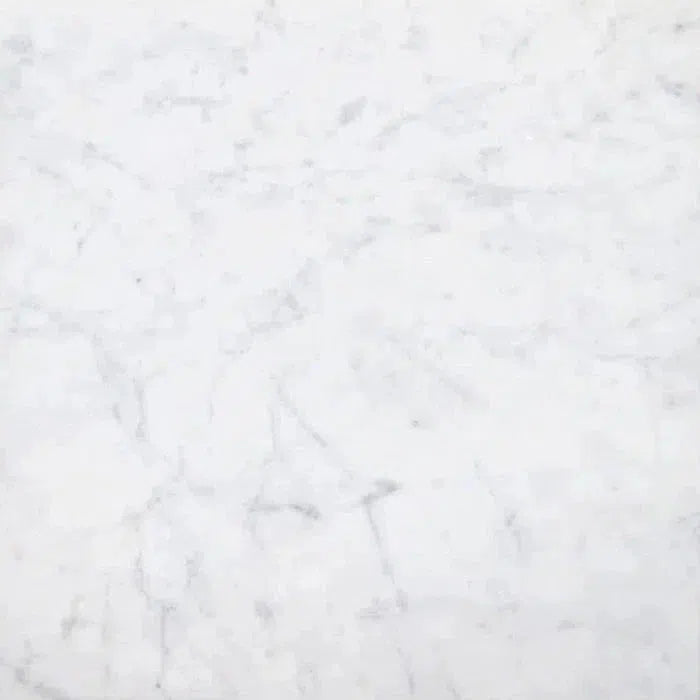 Carrara White
Carrara White 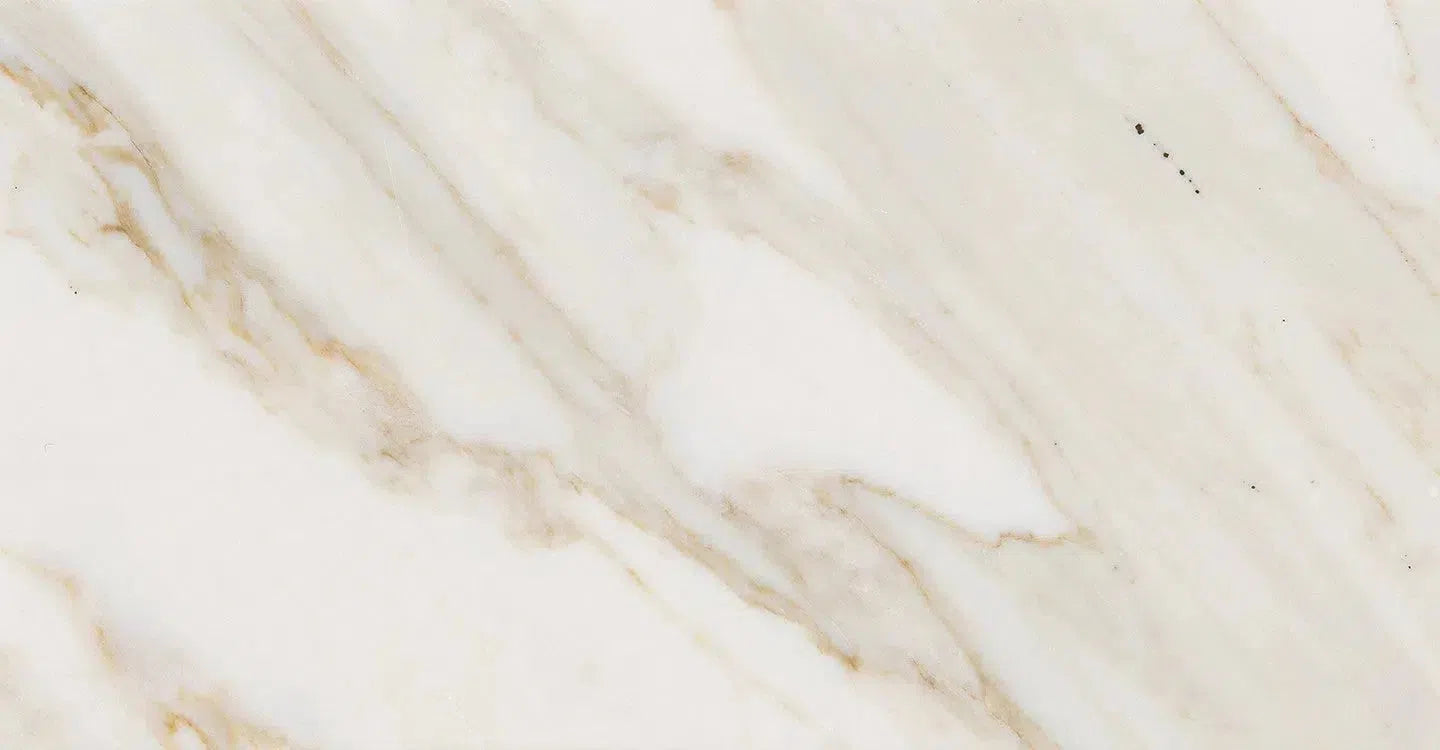 Calacatta Gold
Calacatta Gold Crema Marfil
Crema Marfil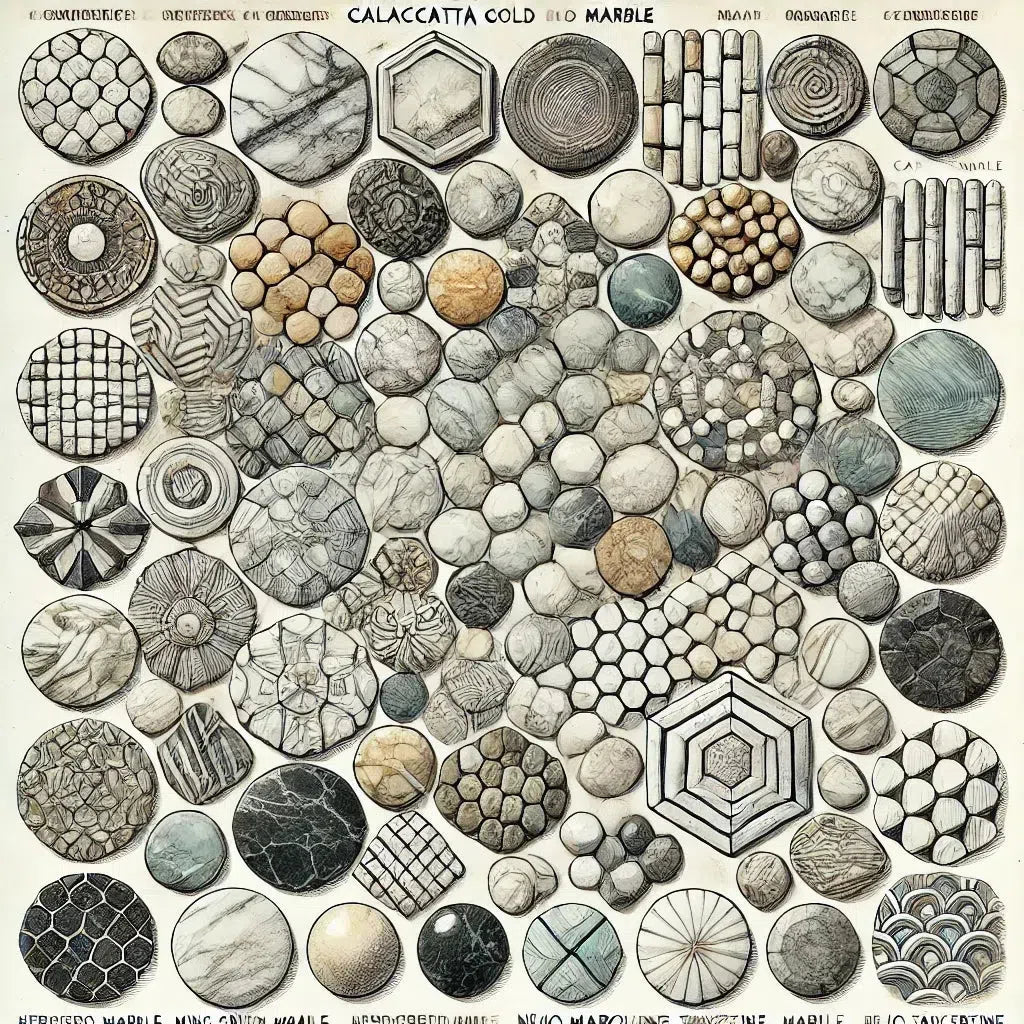 Custom Made Mosaic
Custom Made Mosaic Emperador Dark
Emperador Dark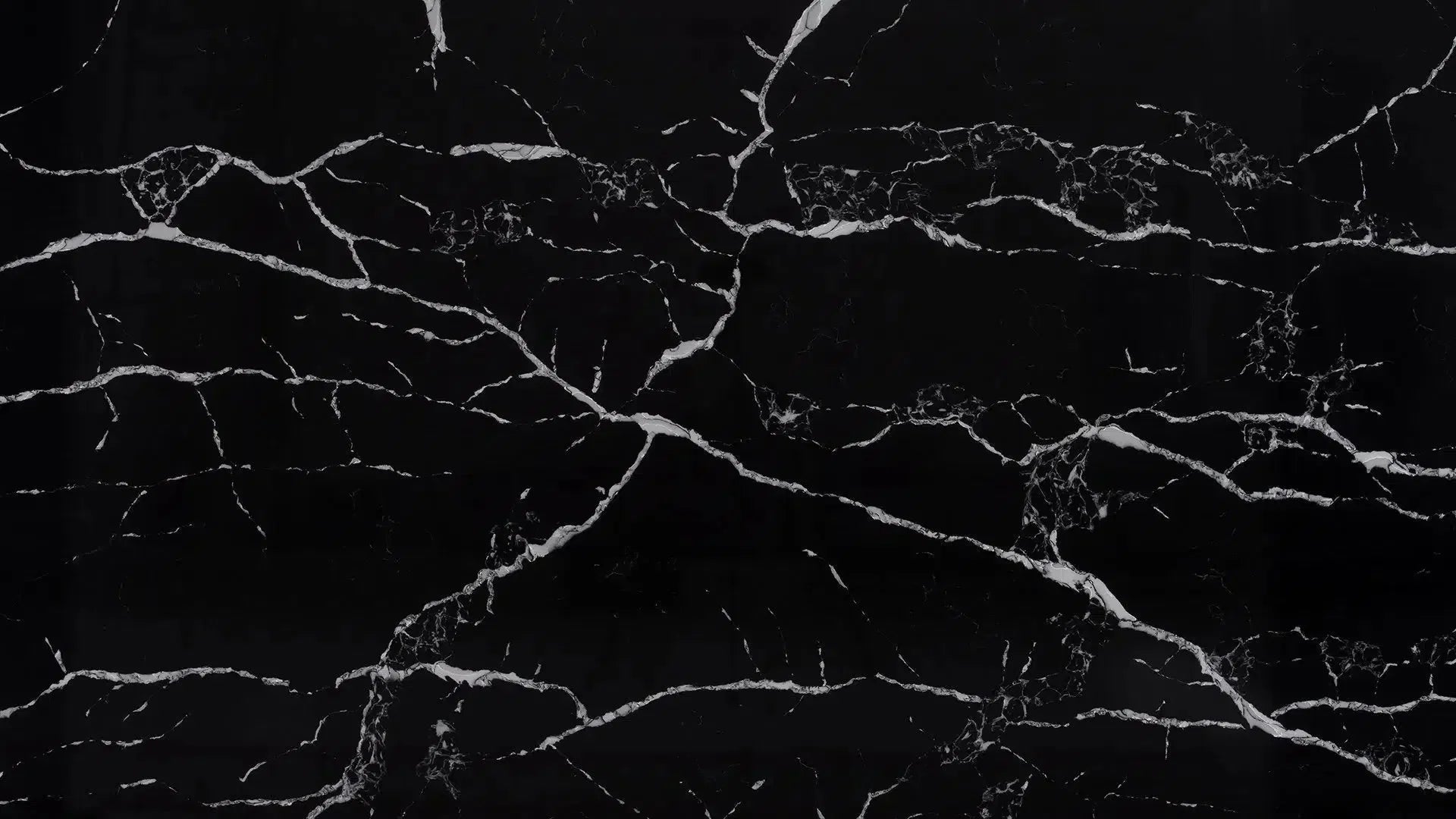 Nero Marquina
Nero Marquina Ming Green Marble
Ming Green Marble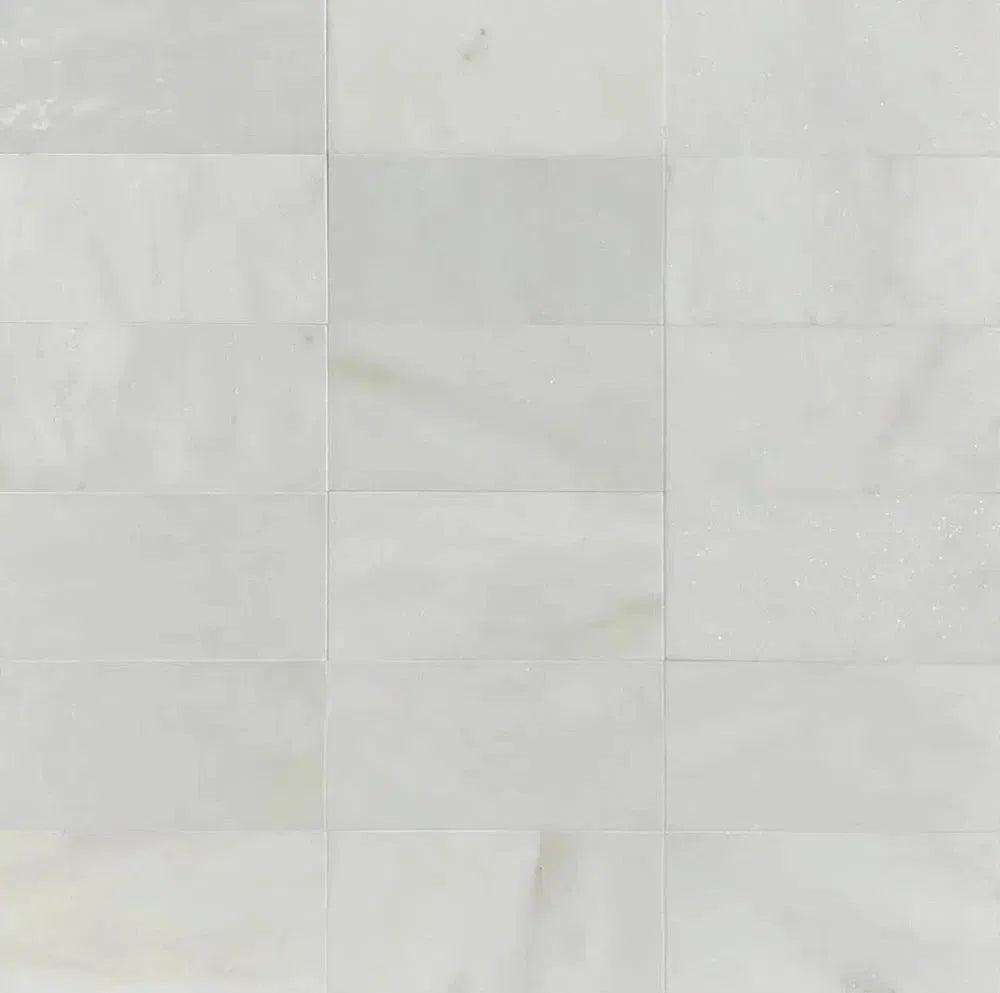 Oriental White Marble (Asian Statuary Marble)
Oriental White Marble (Asian Statuary Marble)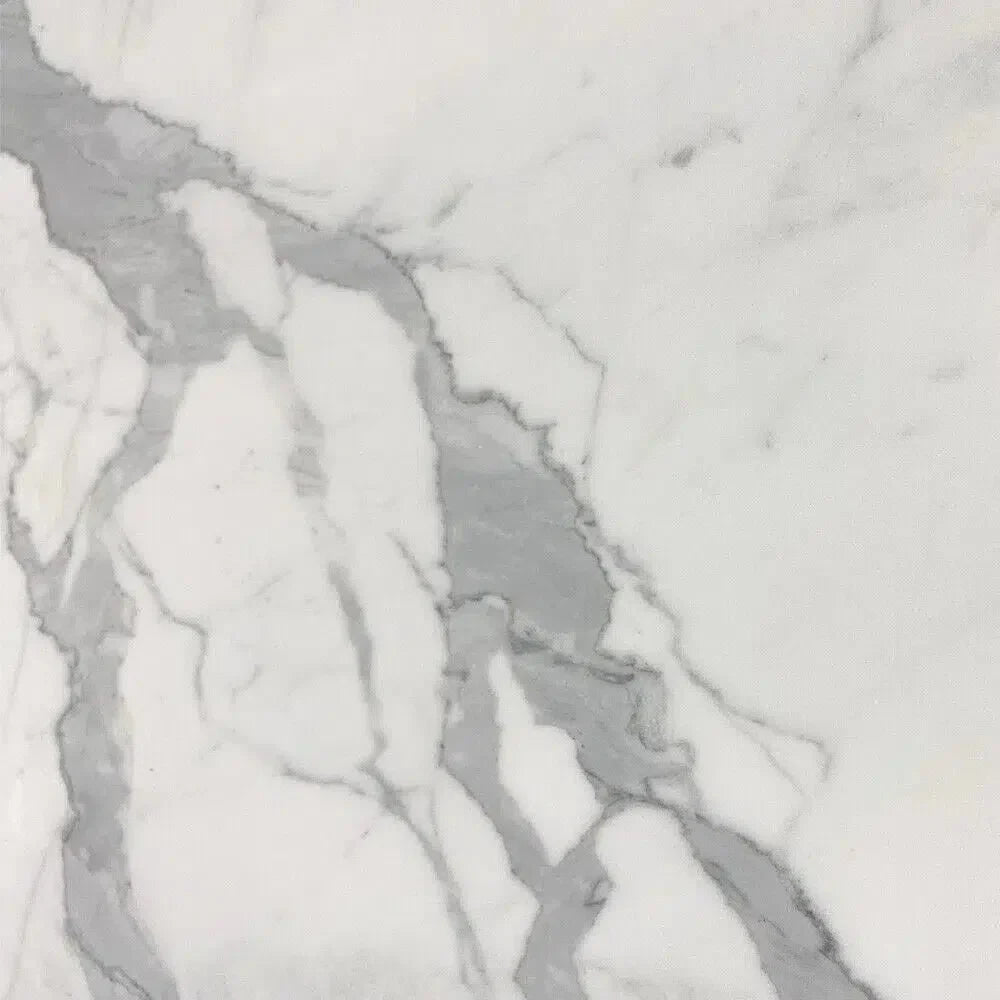 Statuary - Statuario White (Italian) Marble
Statuary - Statuario White (Italian) Marble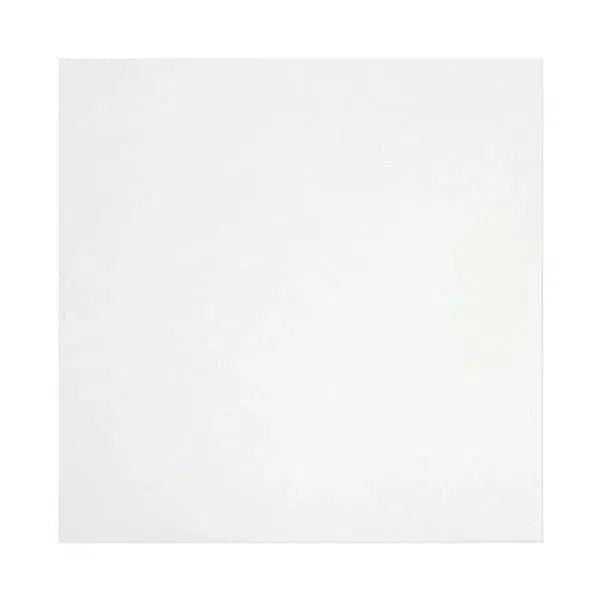 Thassos White
Thassos White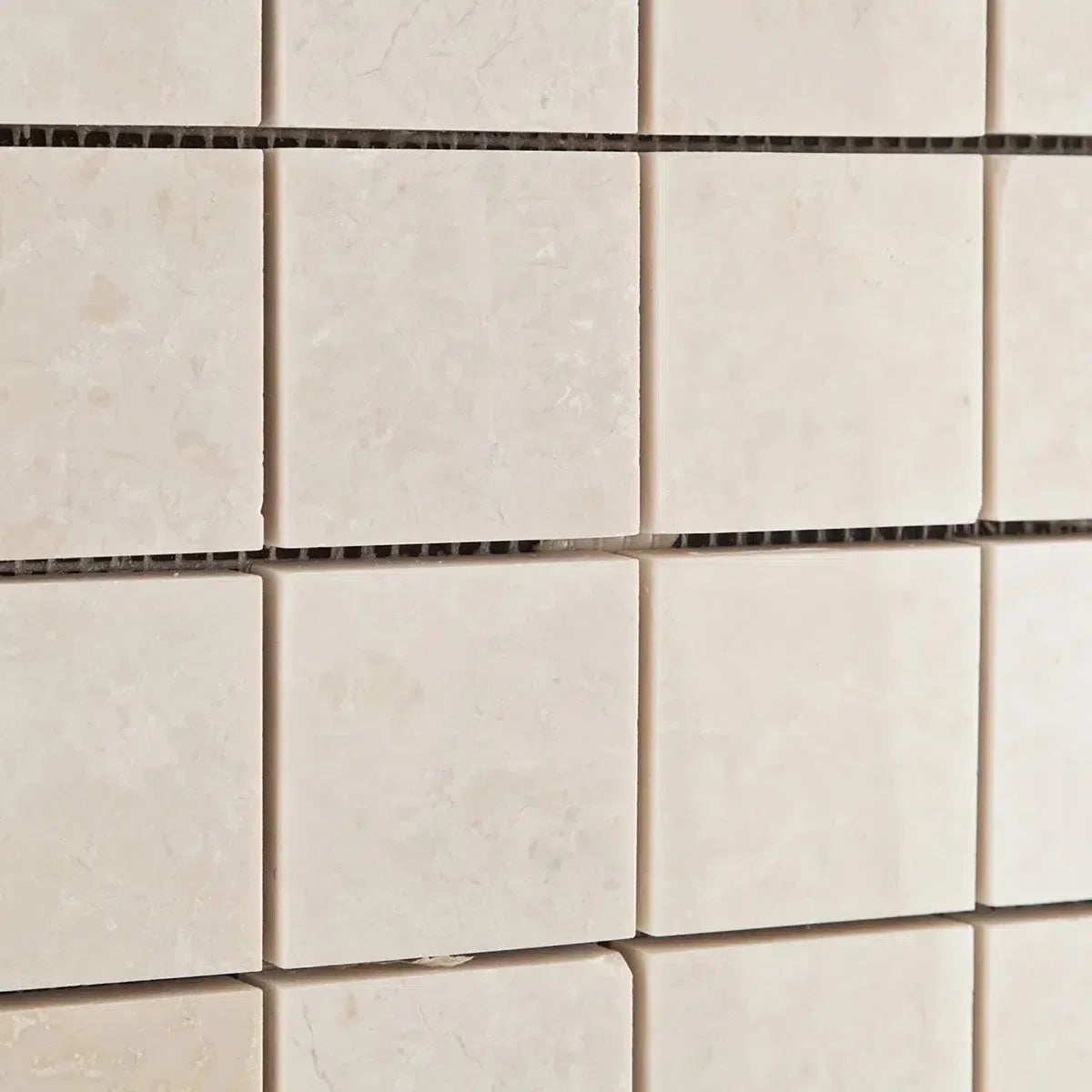 White Pearl/Botticino Beige Marble
White Pearl/Botticino Beige Marble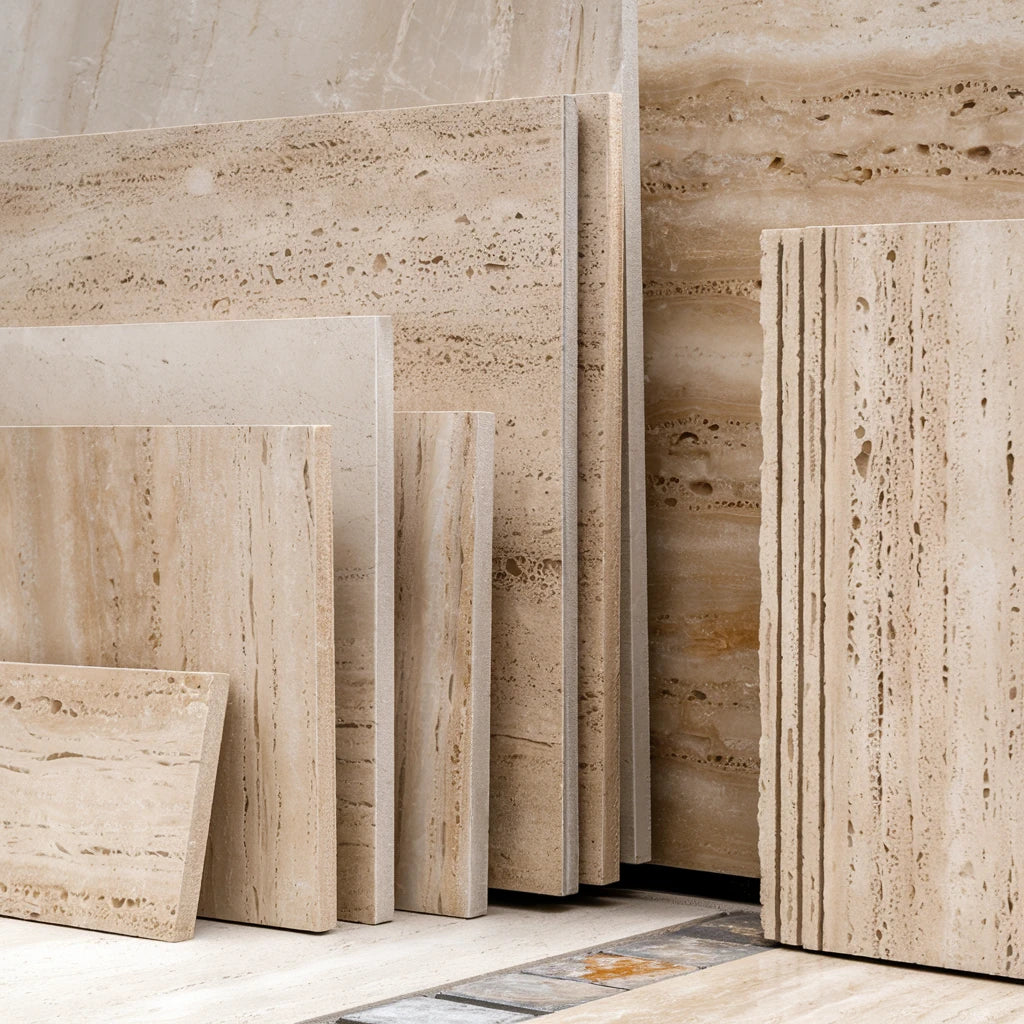 Best Selling Travertine Collections
Best Selling Travertine Collections
 Ivory Travertine
Ivory Travertine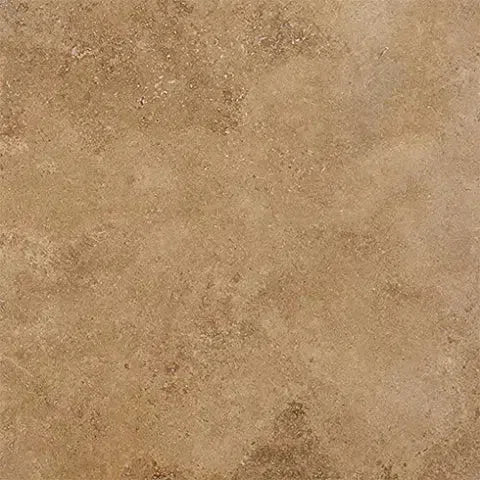 Noce Travertine
Noce Travertine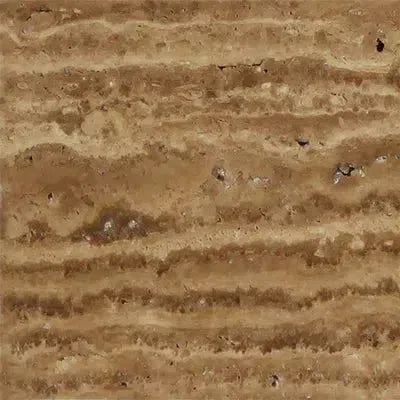 Exotic Noce Travertine
Exotic Noce Travertine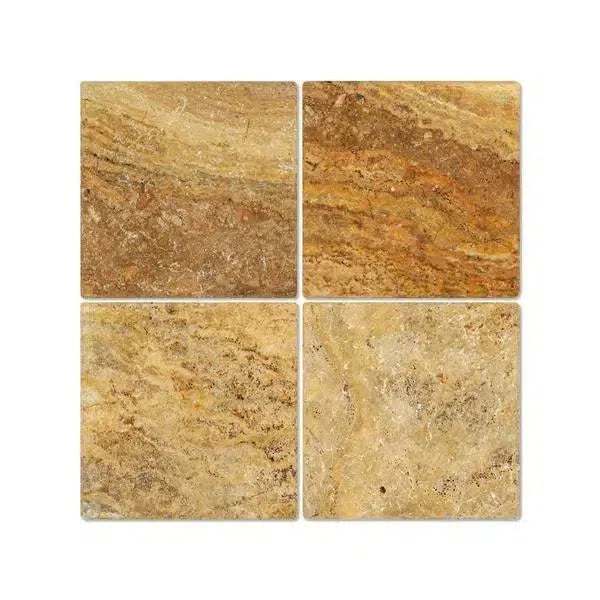 Scabos | Autumn Leaves Travertine
Scabos | Autumn Leaves Travertine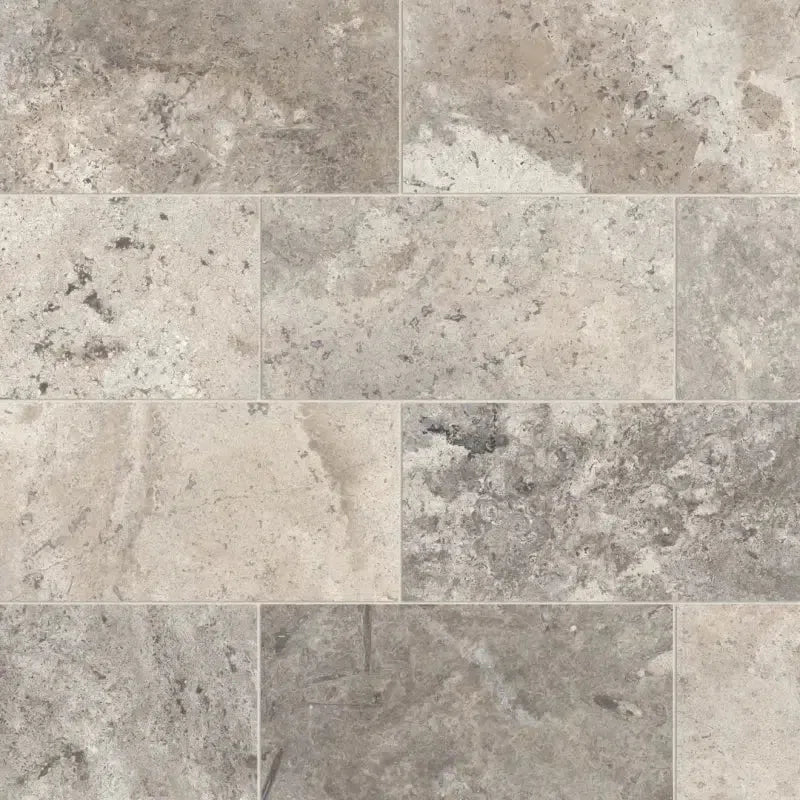 Silver Travertine
Silver Travertine Exotic Travertine
Exotic Travertine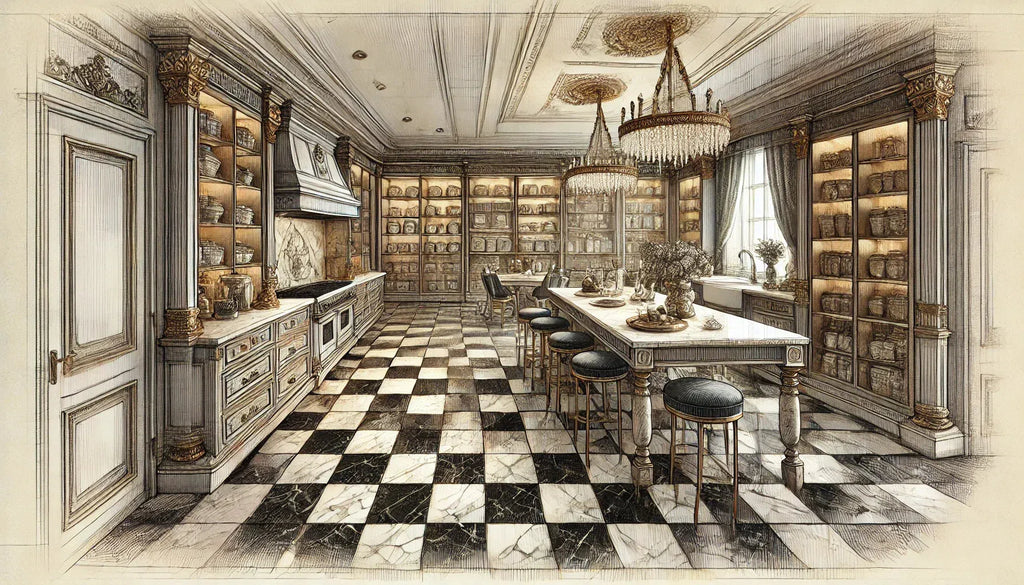 Checkerboard
Checkerboard
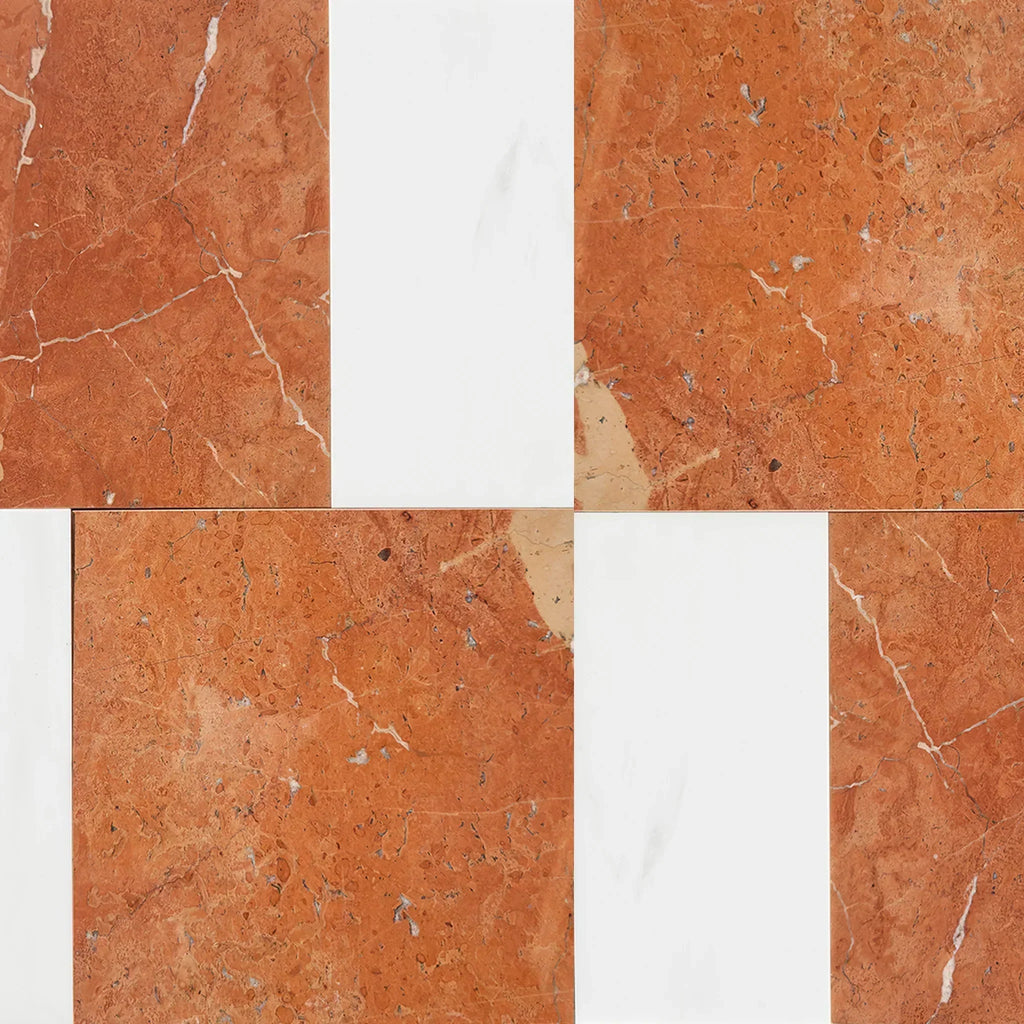 Patterned Tile
Patterned Tile
 Shop By Material
Shop By Material
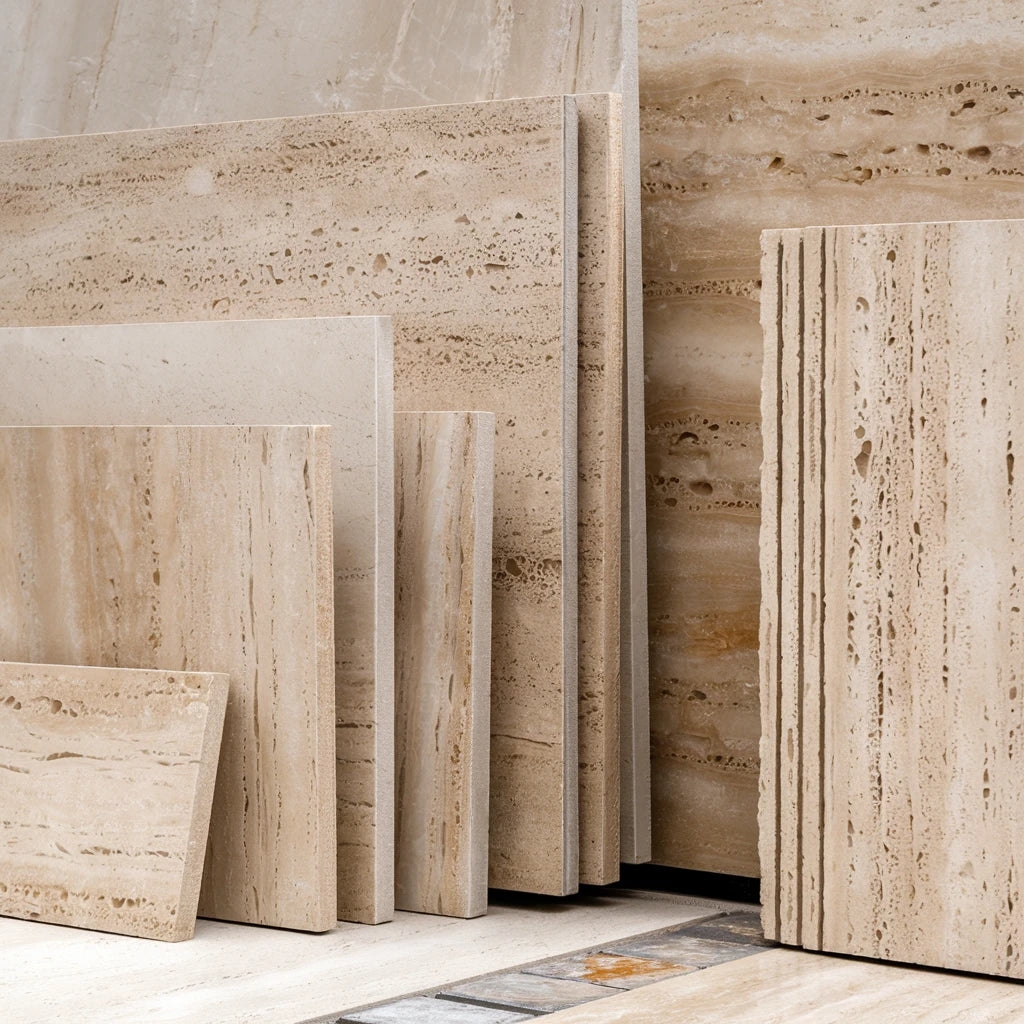 Travertine
Travertine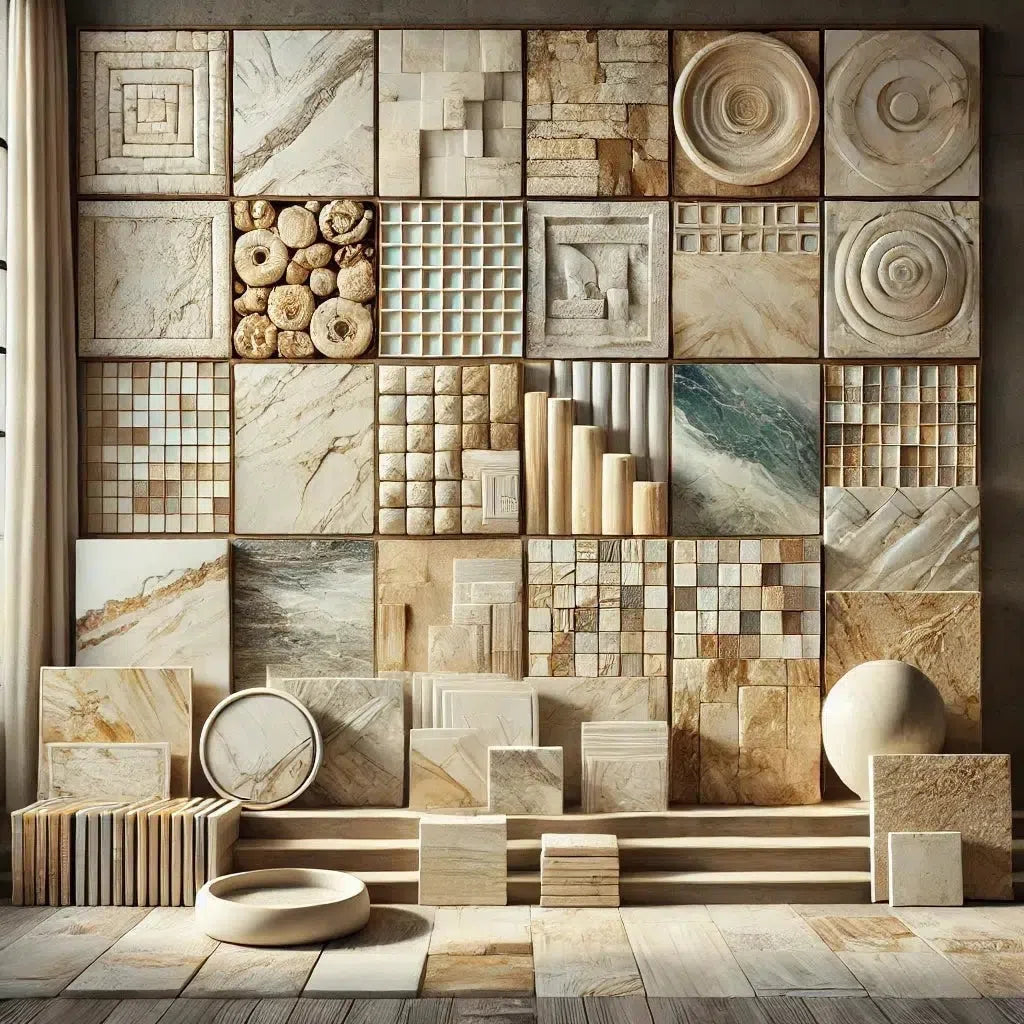 Marble
Marble Limestone
Limestone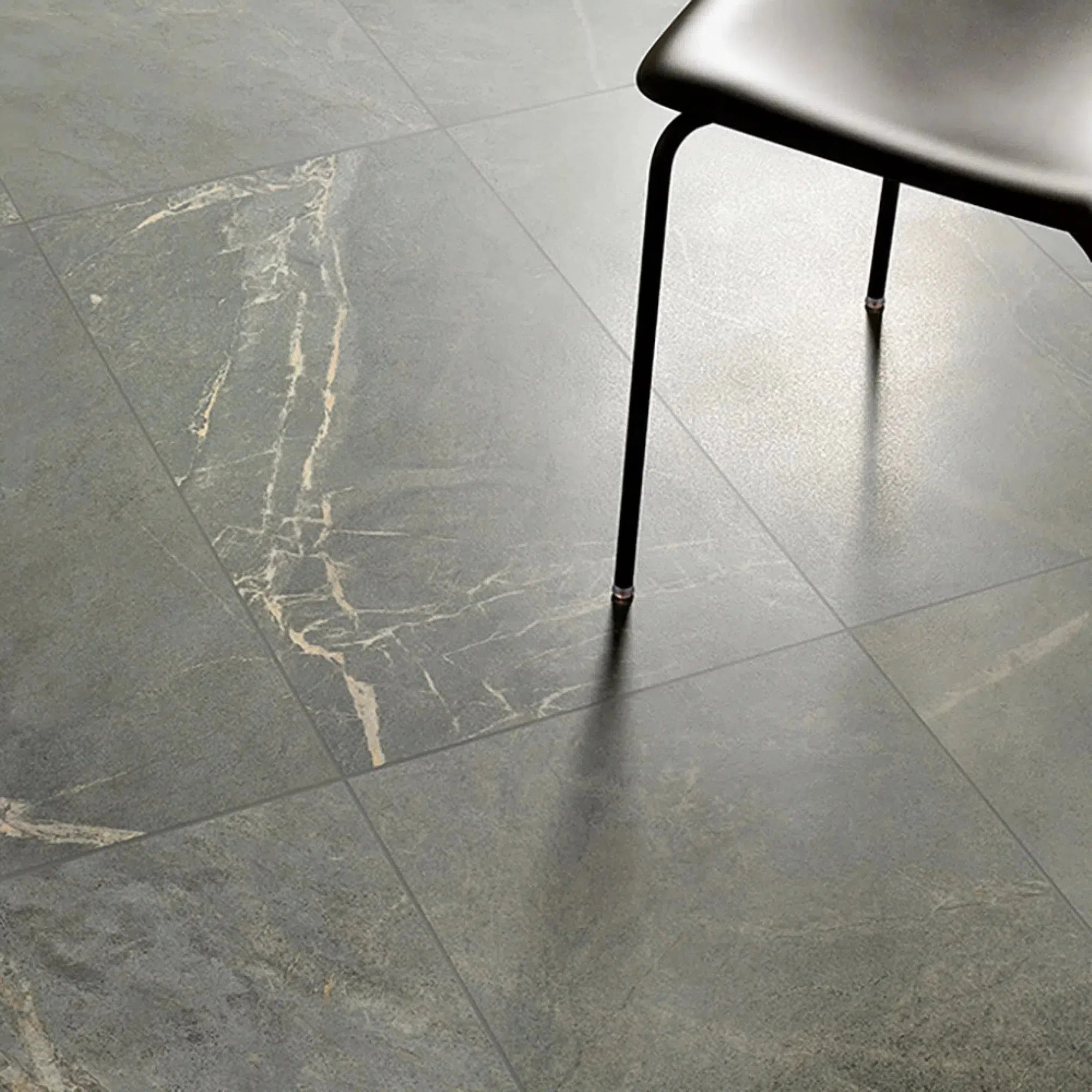 Soap Stone
Soap Stone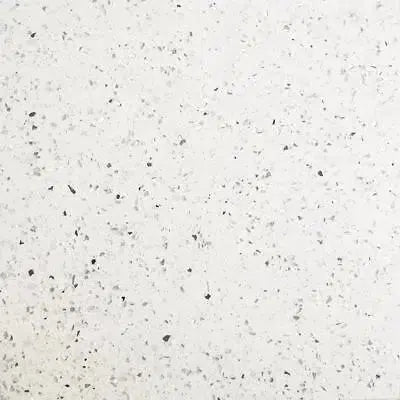 Quartz
Quartz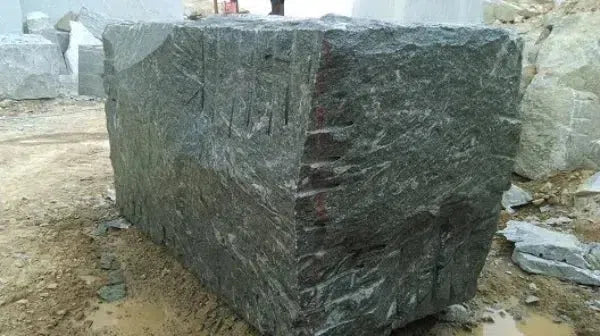 Granite
Granite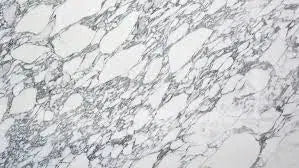 Shop By Name
Shop By Name
 Absolute Black Granite
Absolute Black Granite Atlantic Gray Marble
Atlantic Gray Marble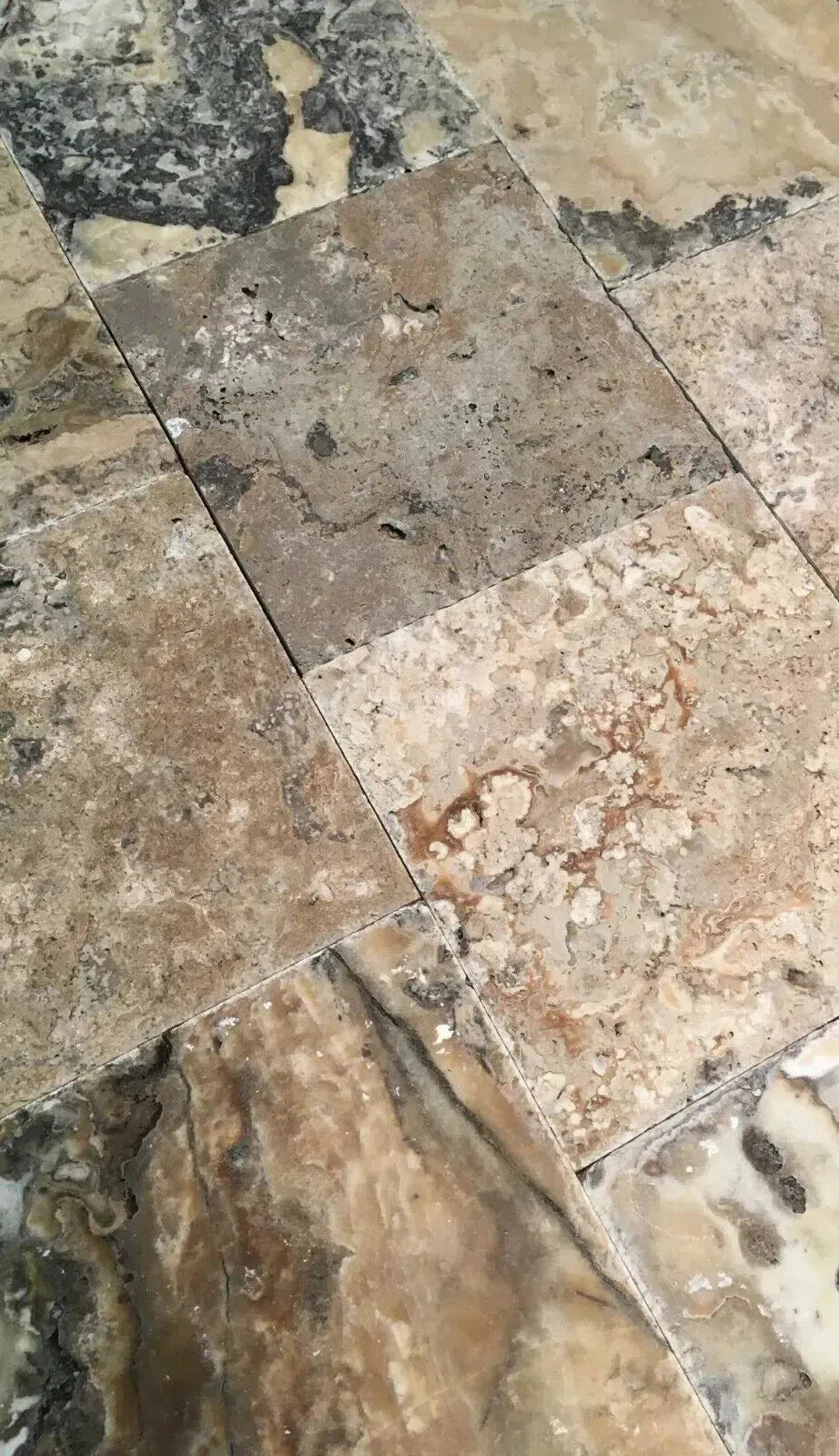 Antico Onyx Travertine
Antico Onyx Travertine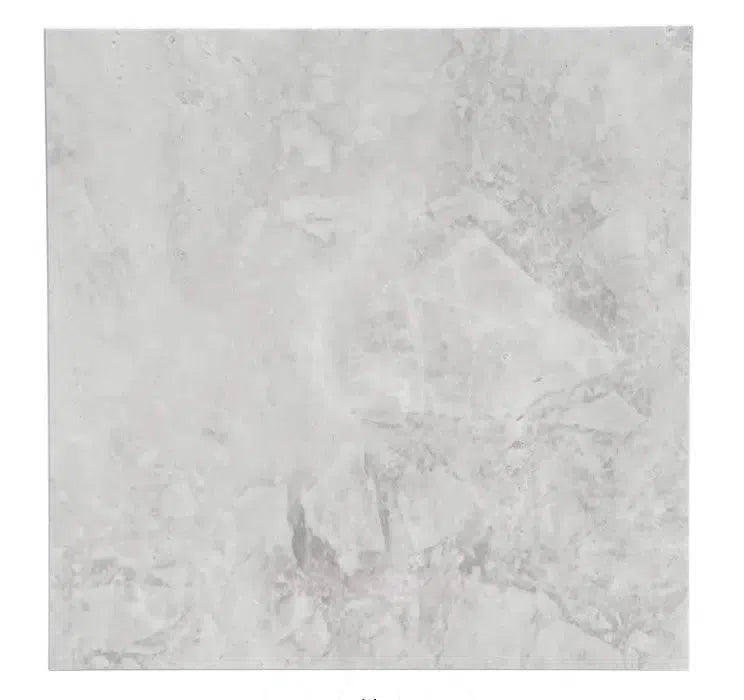 Bianco Congelato Dolomite
Bianco Congelato Dolomite Bianco Venatino (Bianco Mare) Marble
Bianco Venatino (Bianco Mare) Marble Calacatta Verde Royale Marble
Calacatta Verde Royale Marble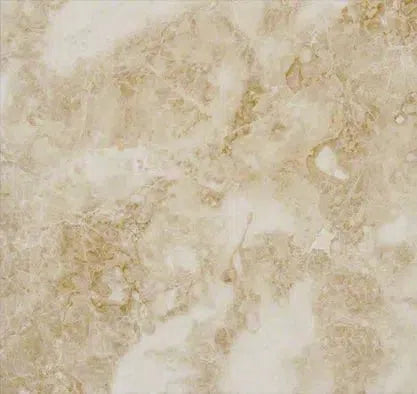 Cappuccino Marble
Cappuccino Marble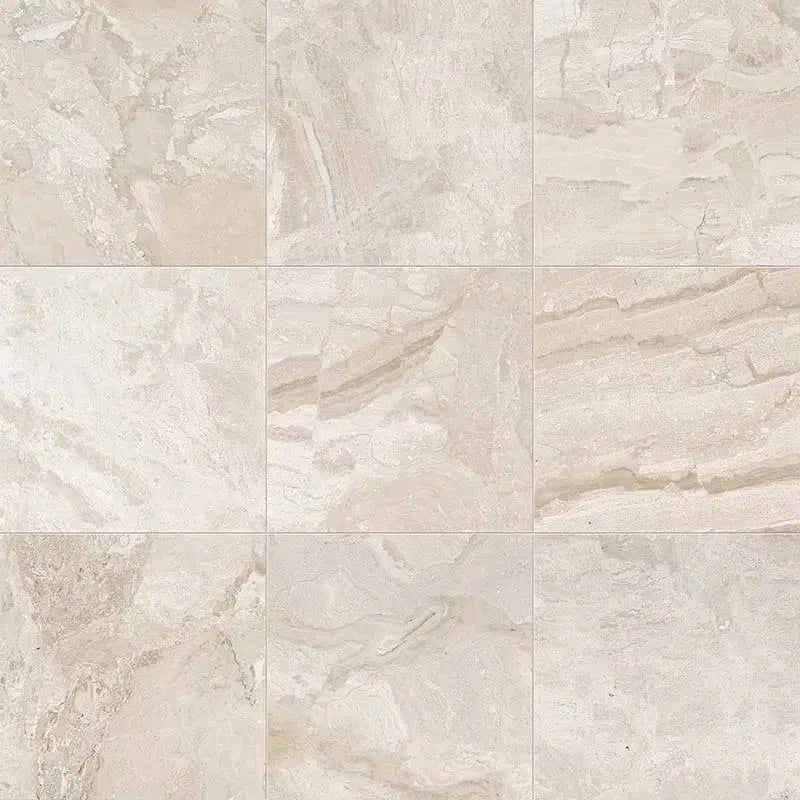 Diano Royal (Queen Beige) Marble
Diano Royal (Queen Beige) Marble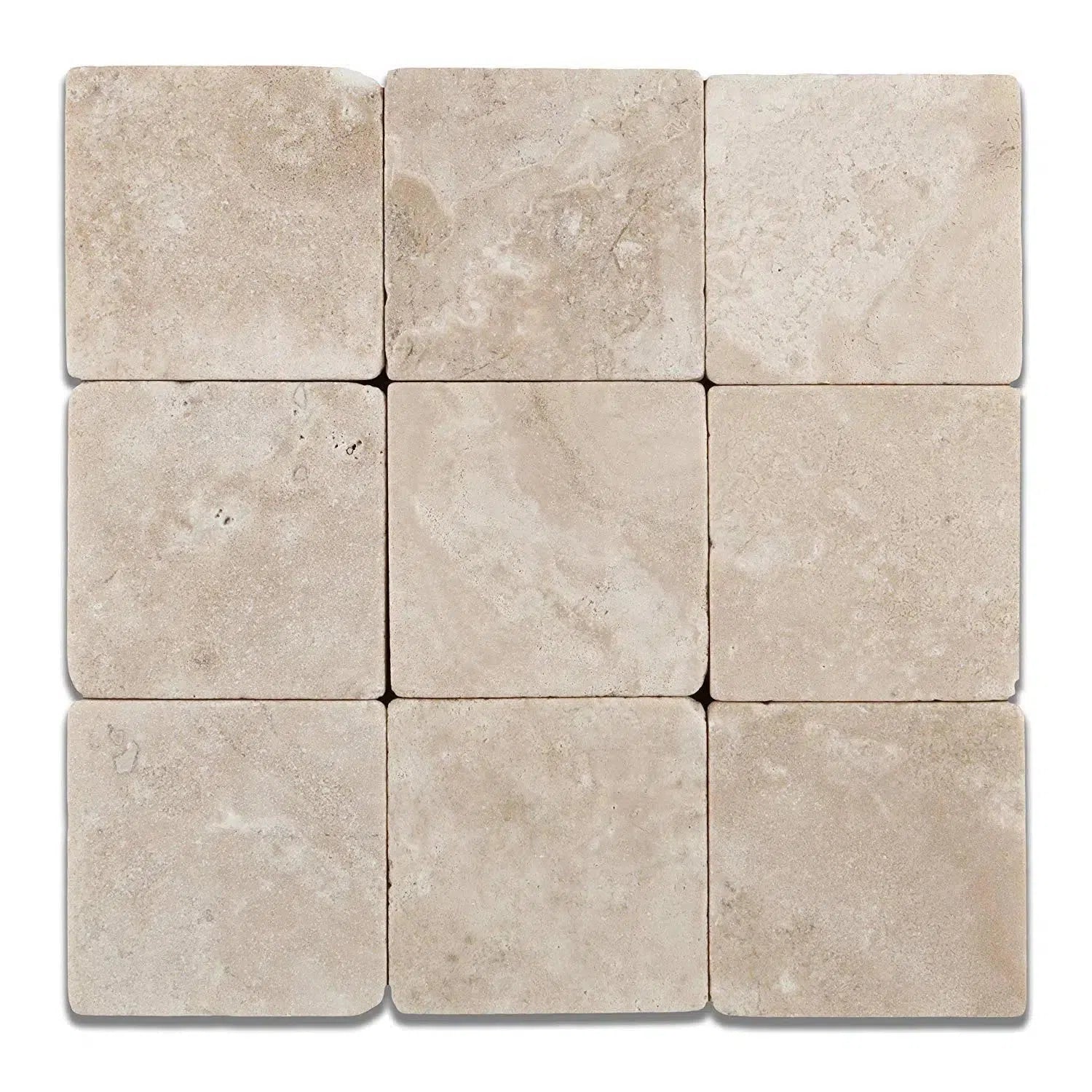 Durango Cream Traverine
Durango Cream Traverine Emperador Light Marble
Emperador Light Marble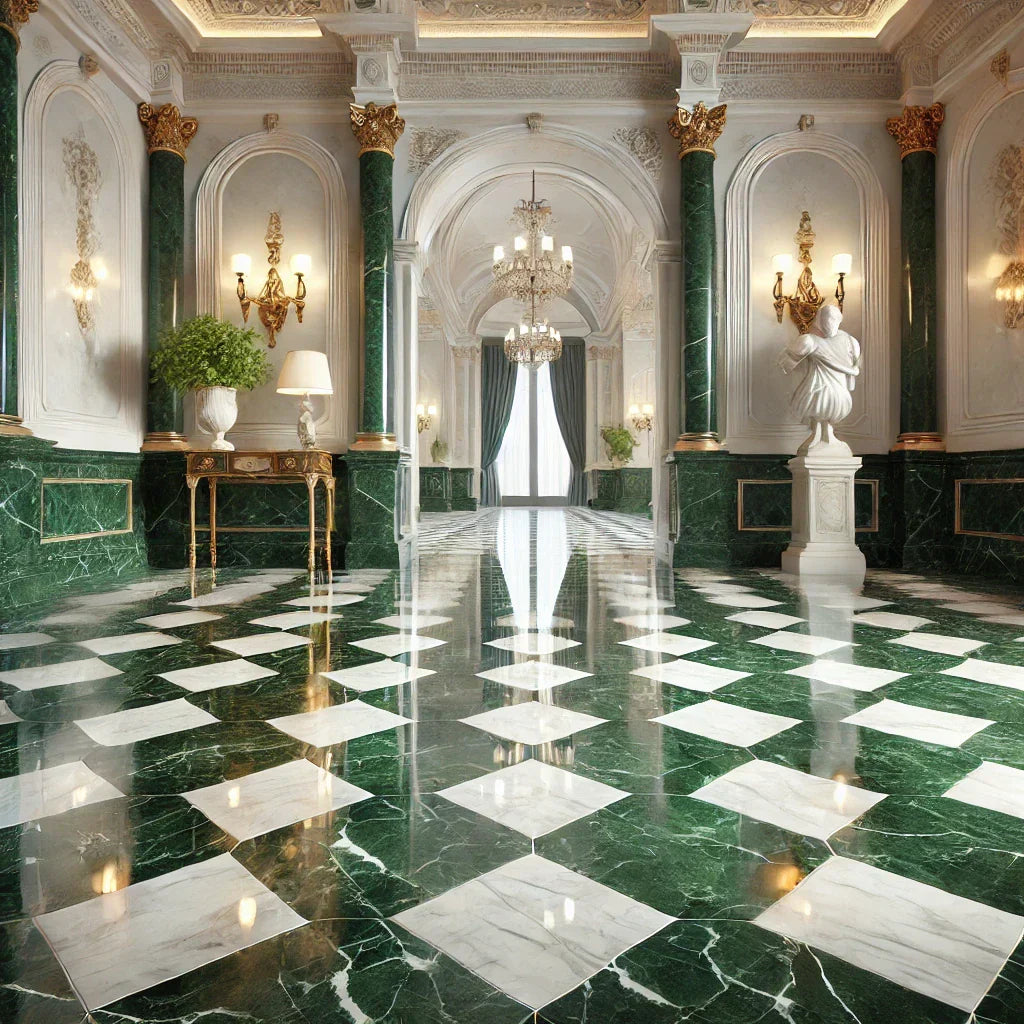 Empress Green Marble
Empress Green Marble Gold/Yellow Travertine
Gold/Yellow Travertine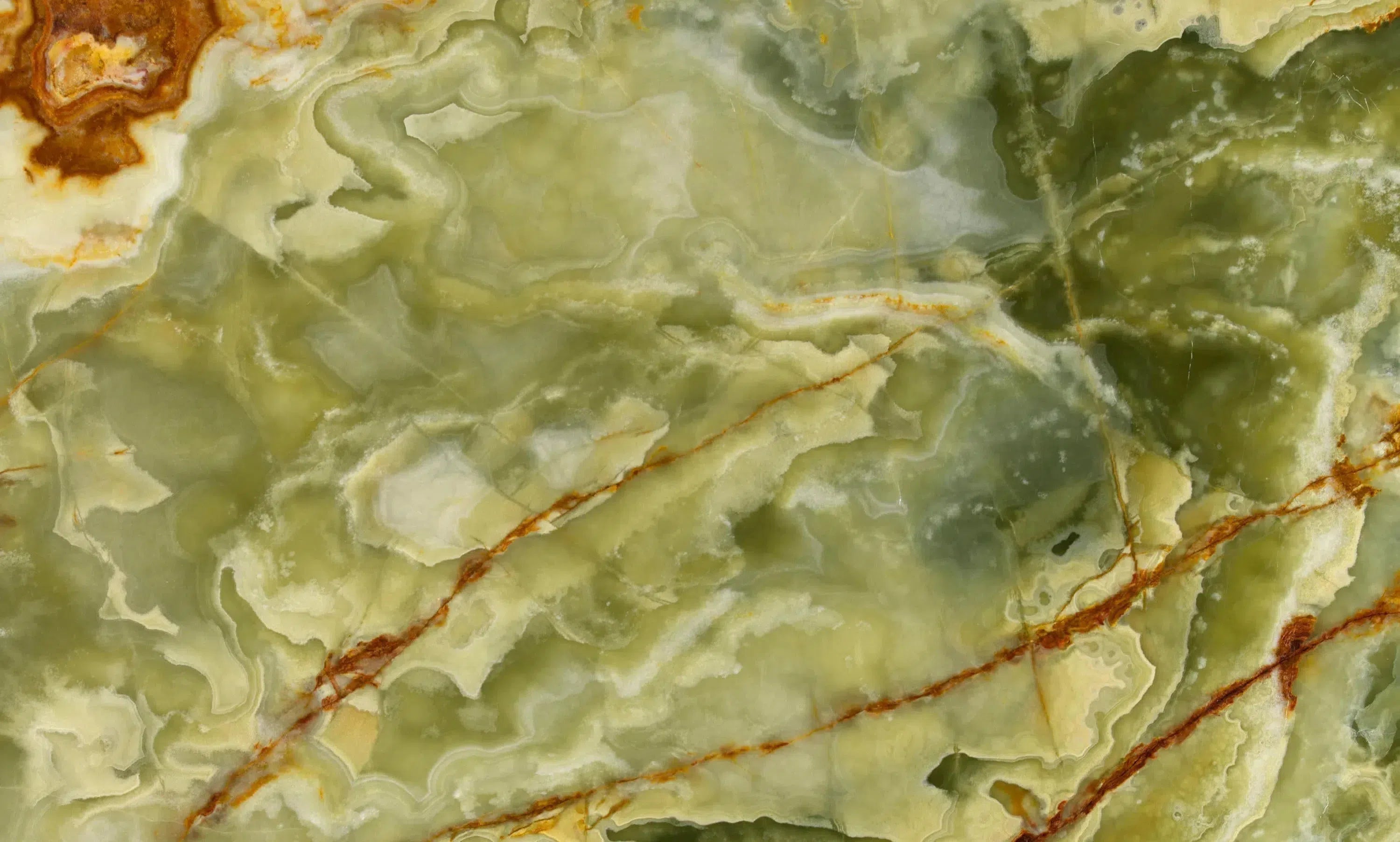 Green Onyx Marble
Green Onyx Marble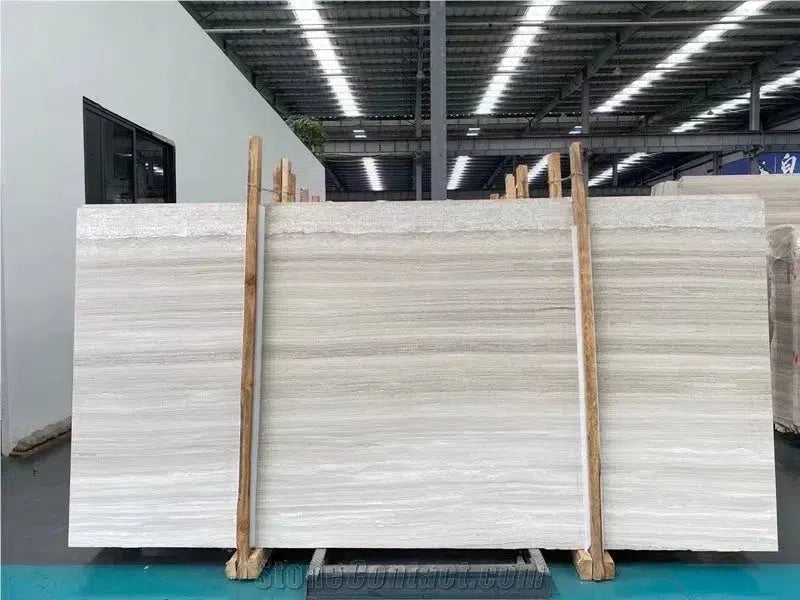 Haisa Light (White Wood) Limestone
Haisa Light (White Wood) Limestone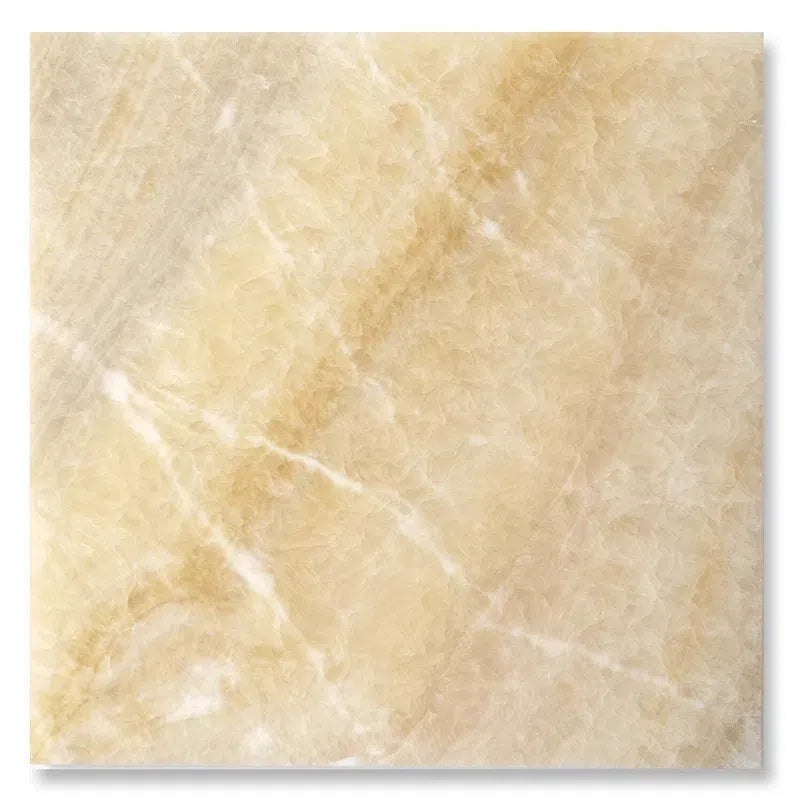 Honey Onyx Marble
Honey Onyx Marble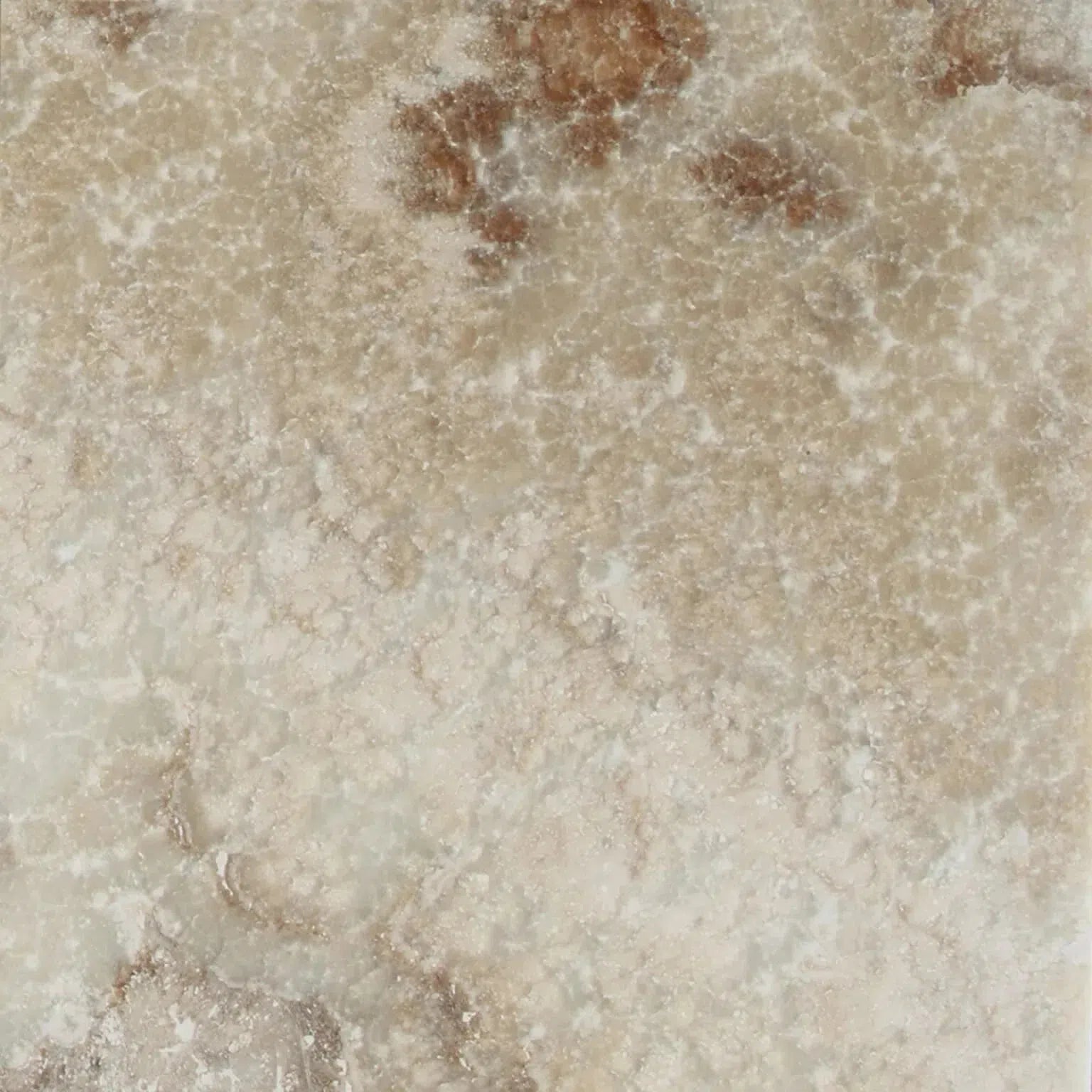 La Travonya Travertine
La Travonya Travertine Malibu Travertine
Malibu Travertine Mink (Equator) Marble
Mink (Equator) Marble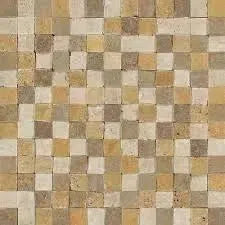 Mixed (Ivory-Noce-Gold) Travertine
Mixed (Ivory-Noce-Gold) Travertine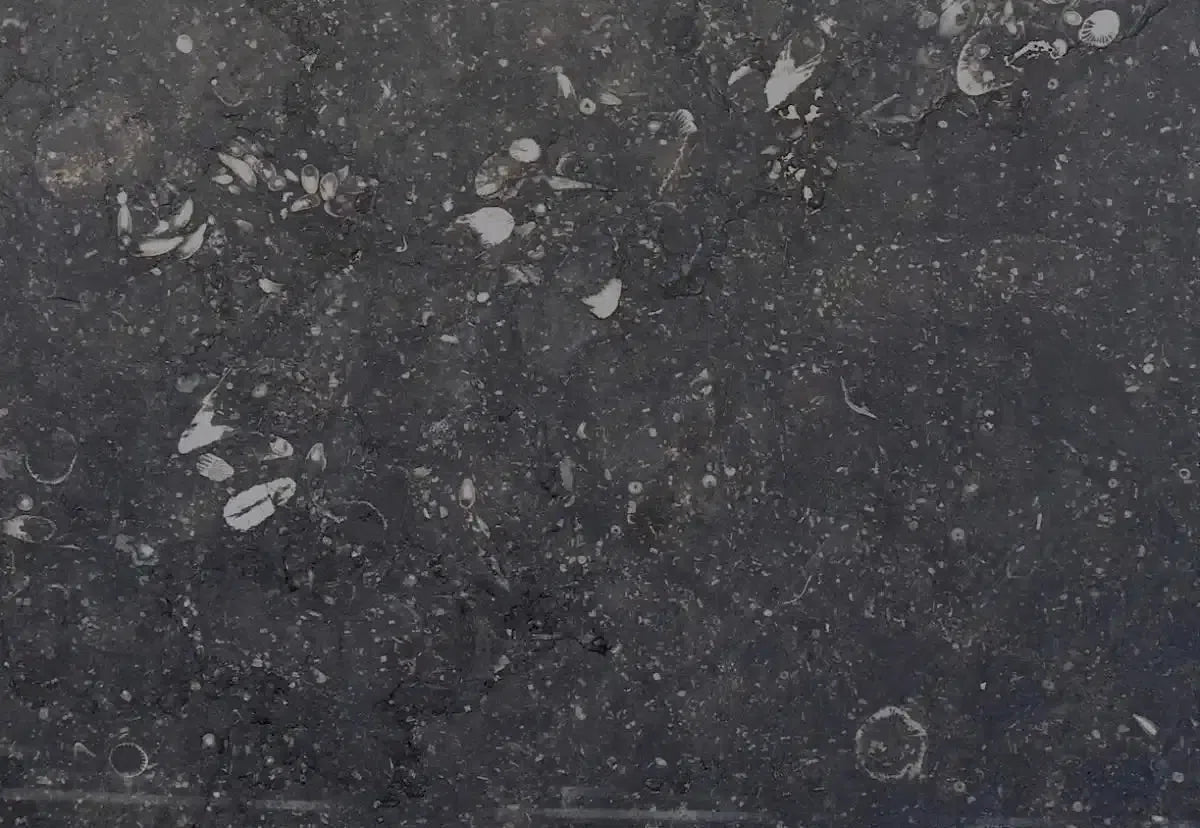 Pierre Bleue (Pierre Blue) Marble
Pierre Bleue (Pierre Blue) Marble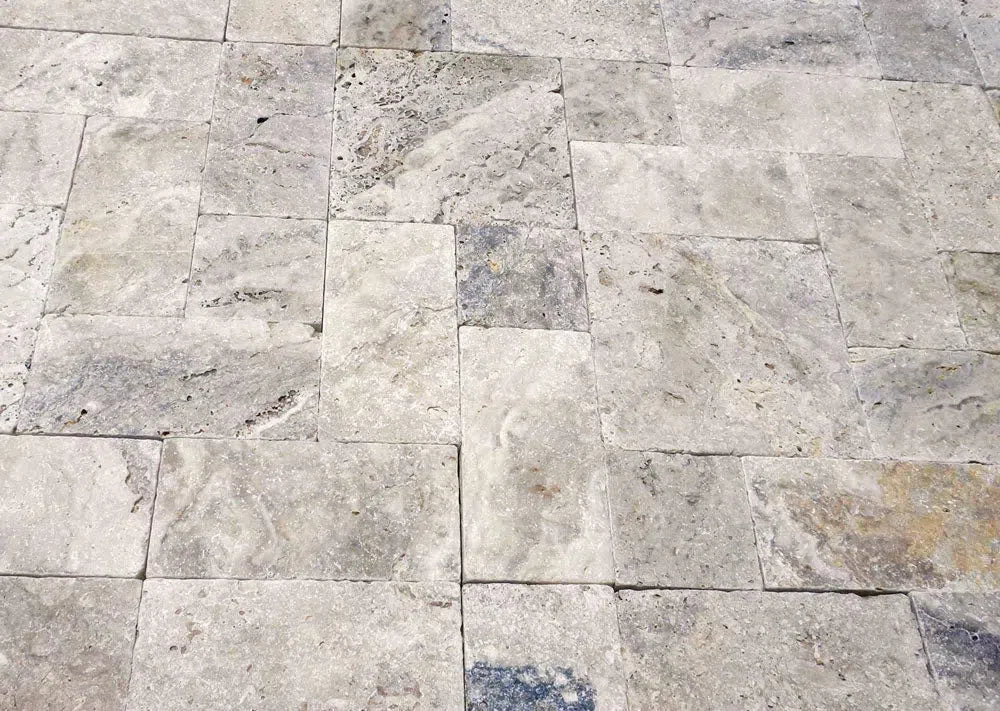 Philadelphia Travertine
Philadelphia Travertine Rosé Aurora Marble
Rosé Aurora Marble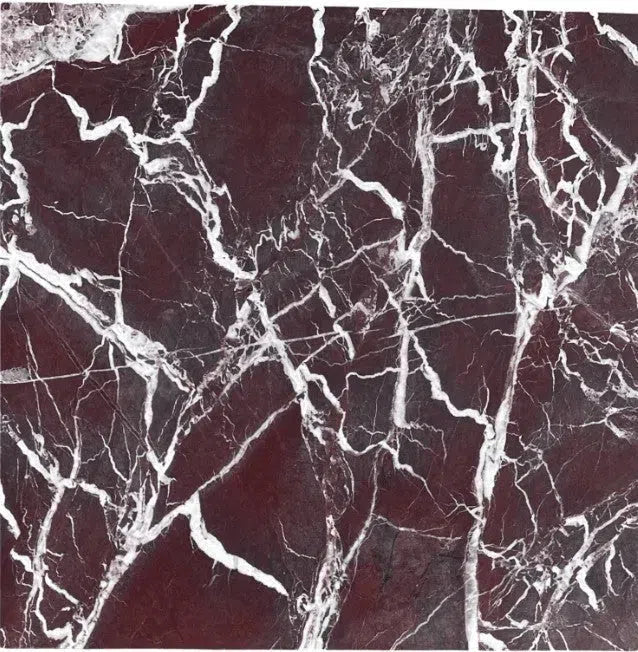 Rosso Levanto Marble
Rosso Levanto Marble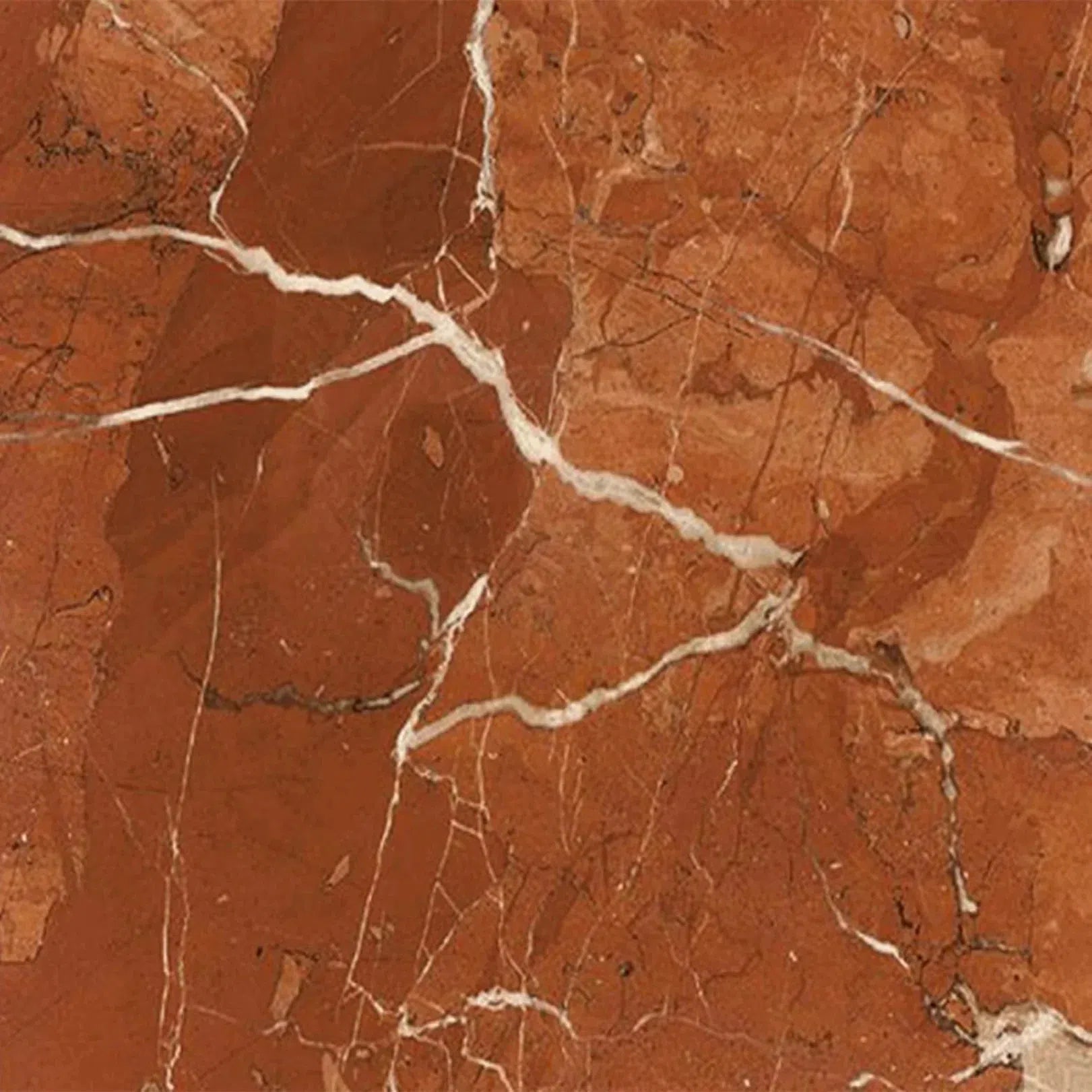 Rojo Alicante Marble
Rojo Alicante Marble Sky Blue | Azul Cielo Marble
Sky Blue | Azul Cielo Marble Snow White (Afyon White) Marble
Snow White (Afyon White) Marble Spanish Mix Marble
Spanish Mix Marble Storm Gray Marble
Storm Gray Marble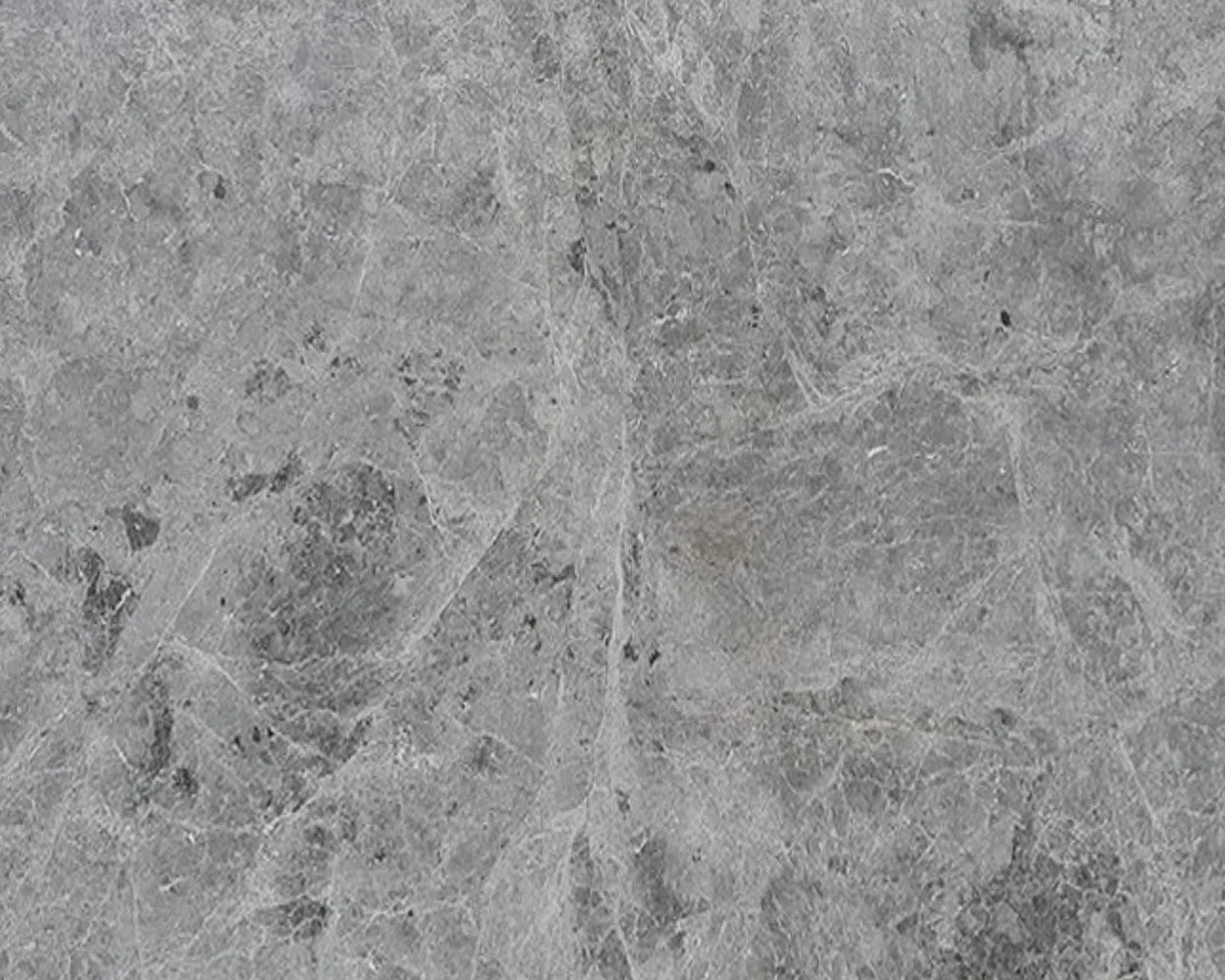 Tundra Gray (Atlantic Gray) Marble
Tundra Gray (Atlantic Gray) Marble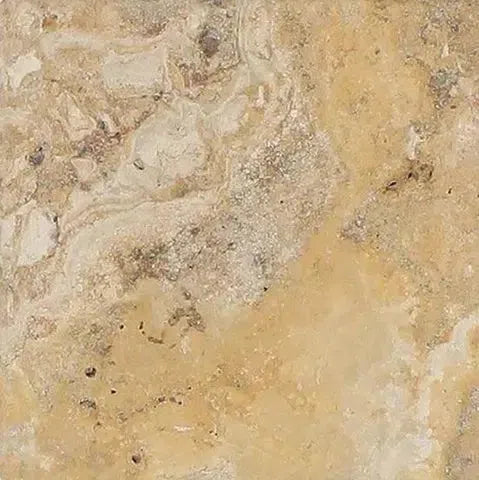 Valencia Travertine
Valencia Travertine Valerenga Travertine
Valerenga Travertine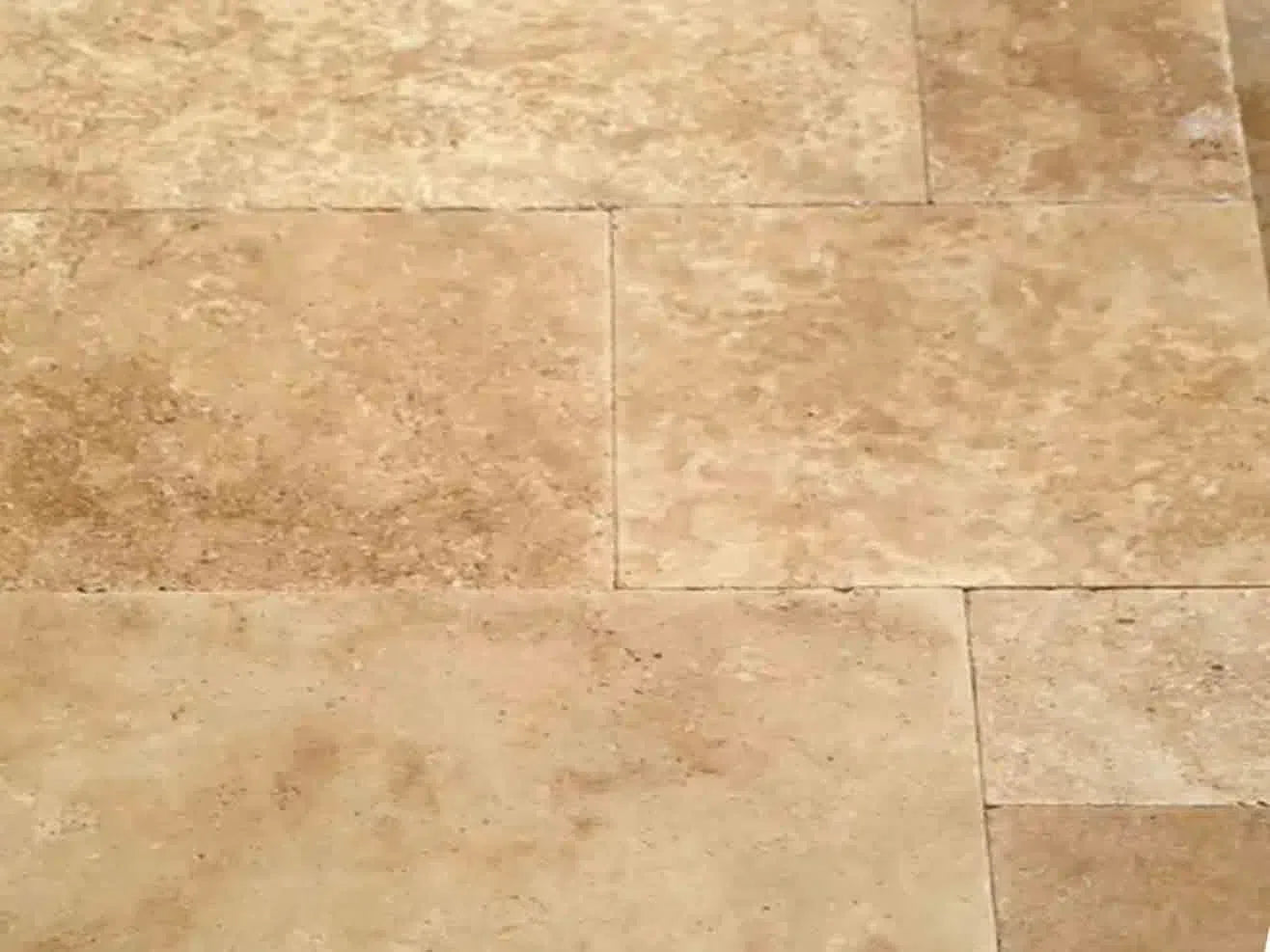 Walnut Travertine
Walnut Travertine White Onyx Marble
White Onyx Marble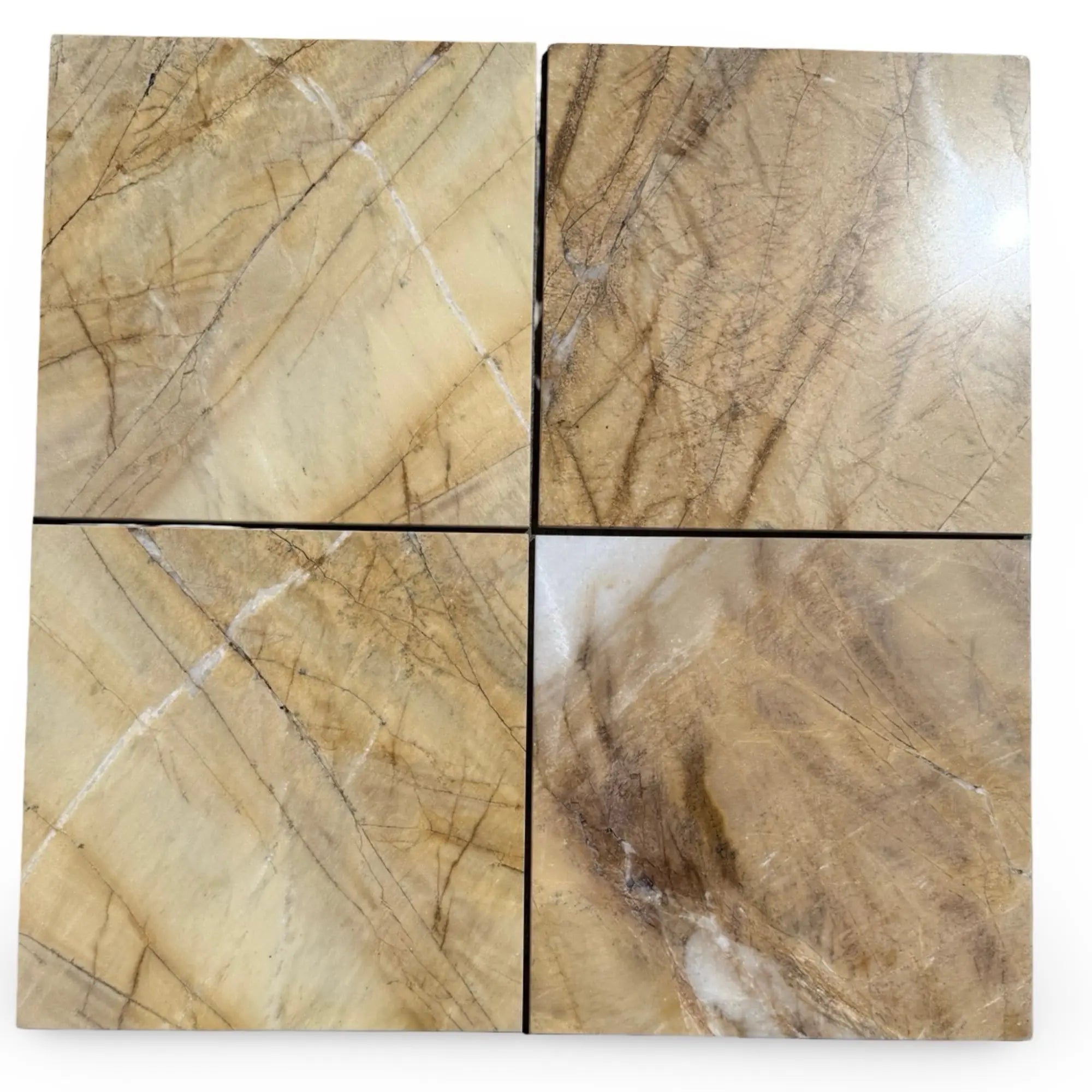 Golden Horizon Marble
Golden Horizon Marble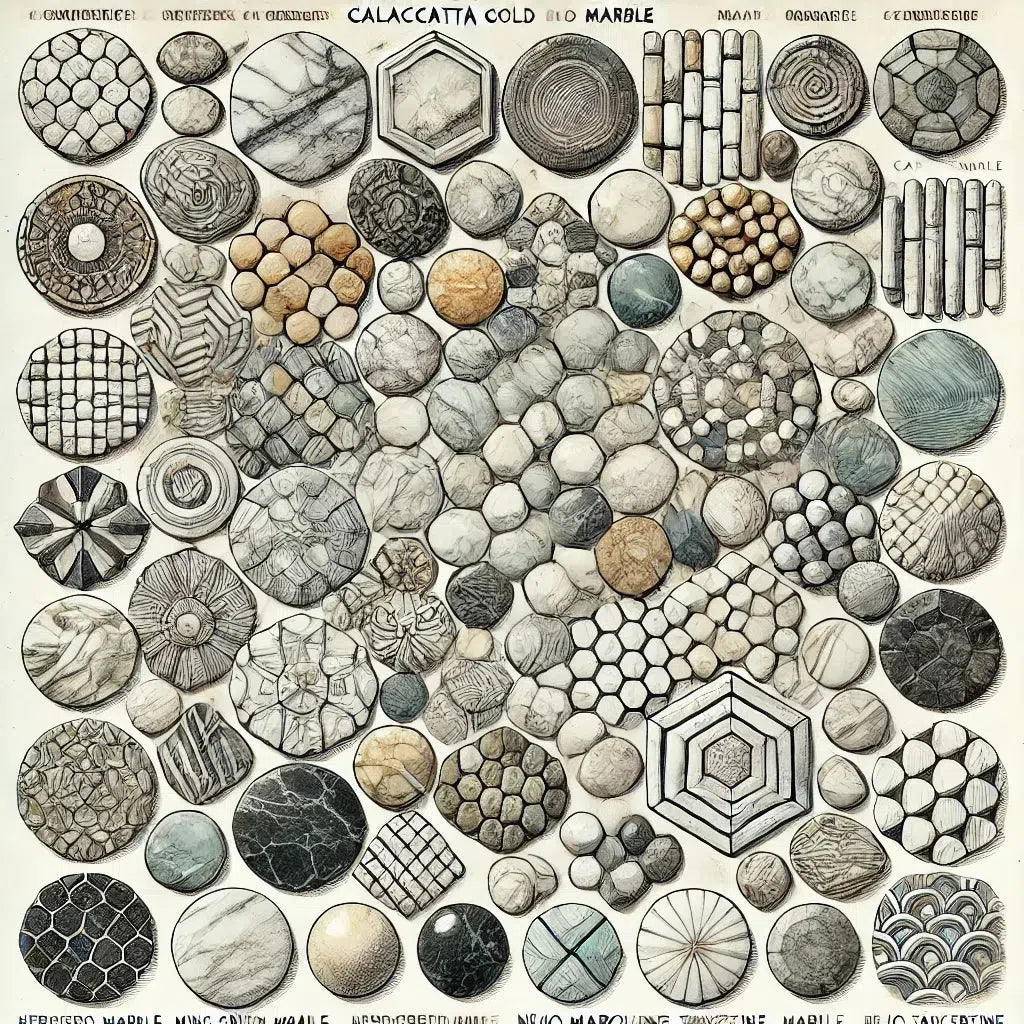 Shop By Type
Shop By Type
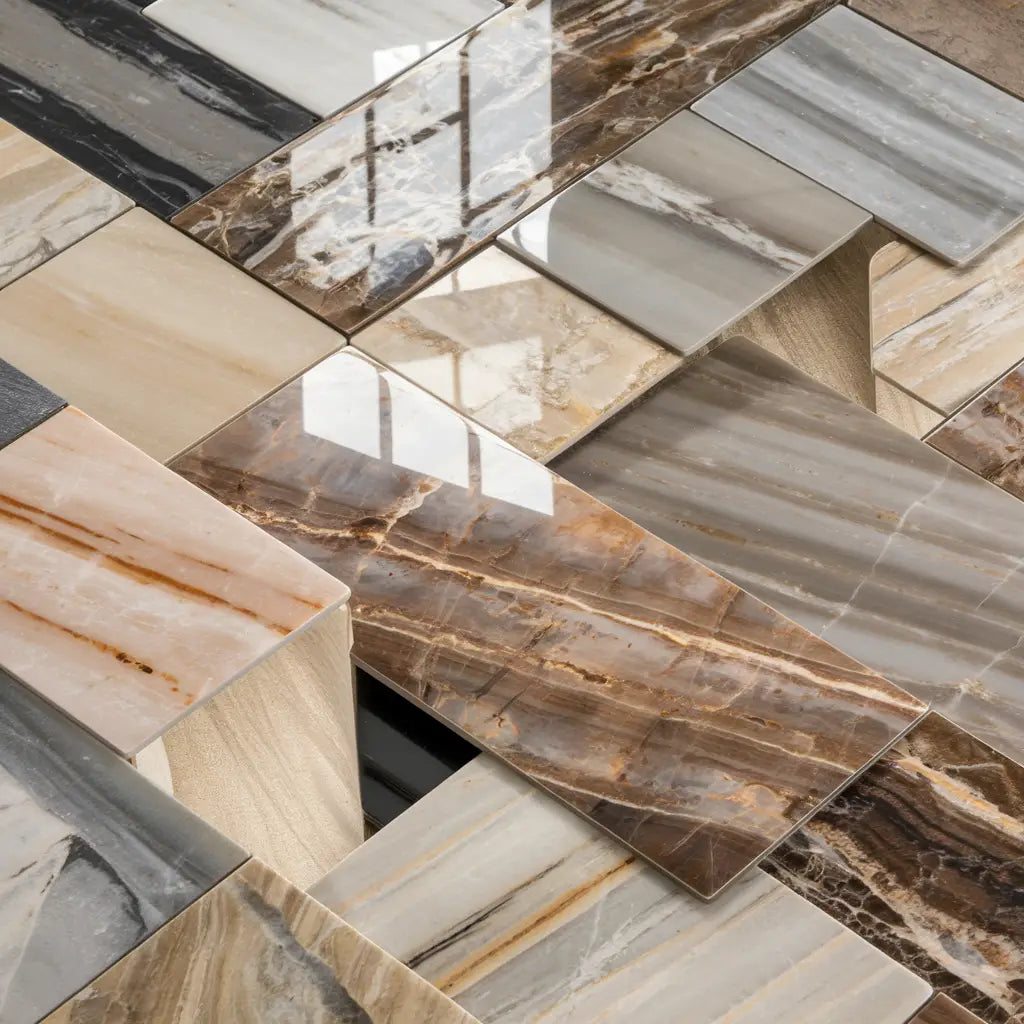 Marble Tiles
Marble Tiles Marble Mosaic
Marble Mosaic Travertine Tiles
Travertine Tiles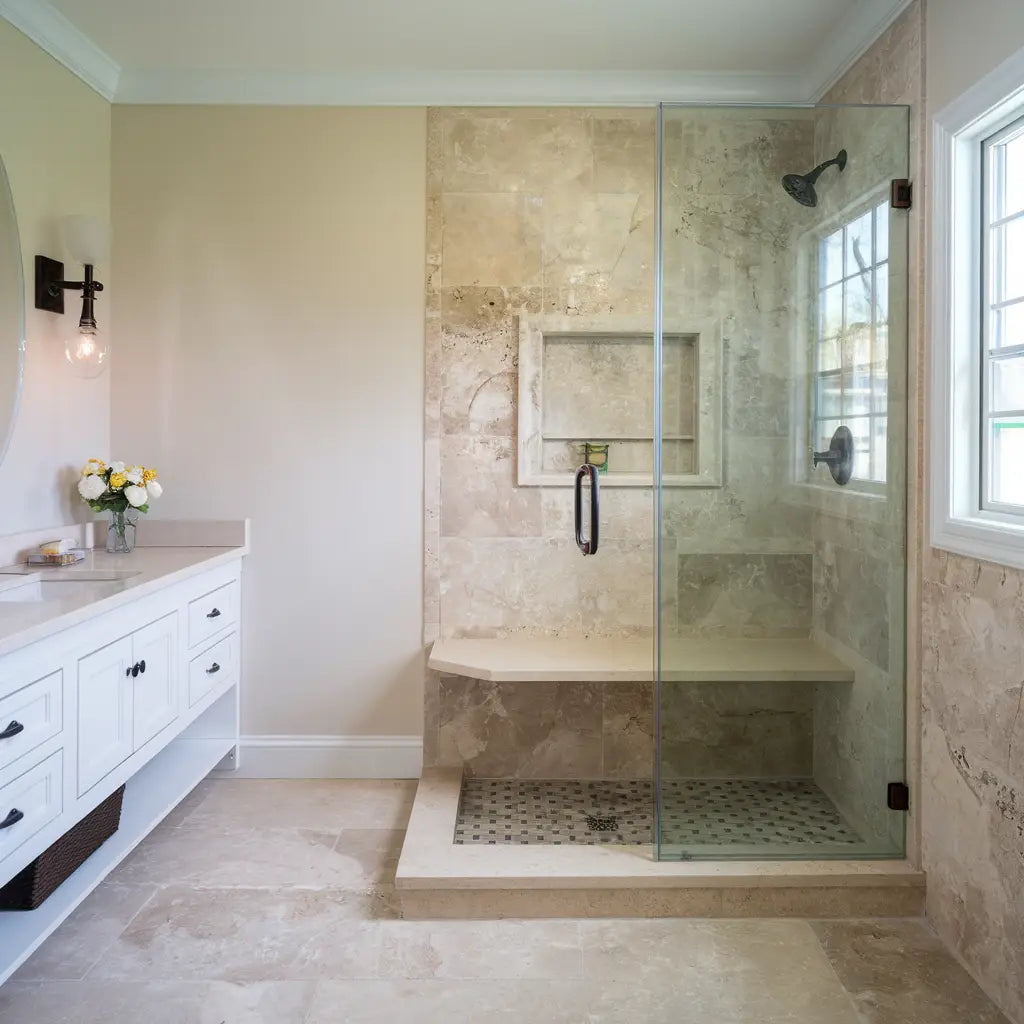 Travertine Mosaic
Travertine Mosaic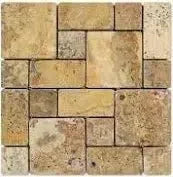 4 pcs Versailles Pattern / French Pattern Set
4 pcs Versailles Pattern / French Pattern Set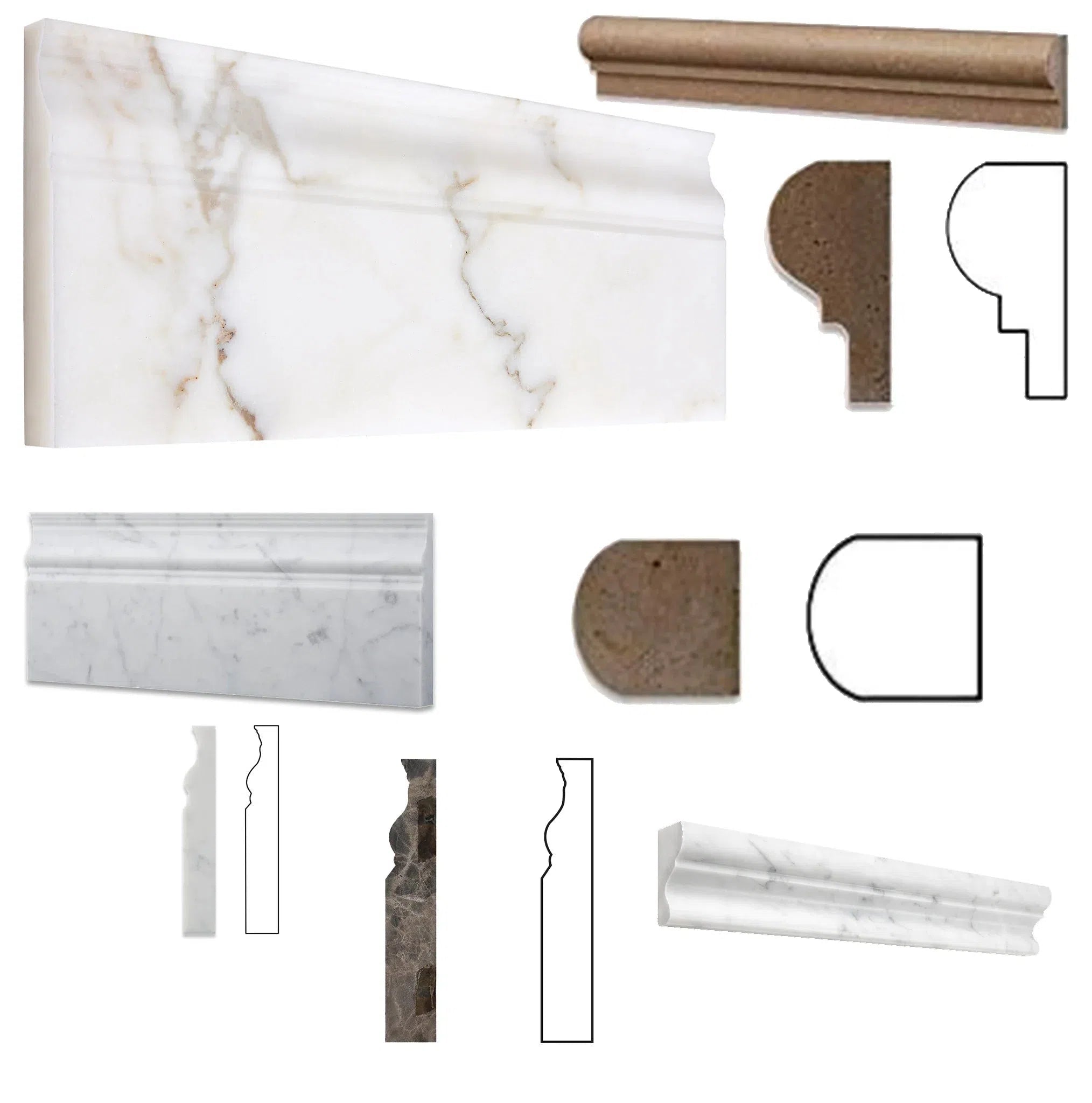 Molding/Trim
Molding/Trim Border/Listello
Border/Listello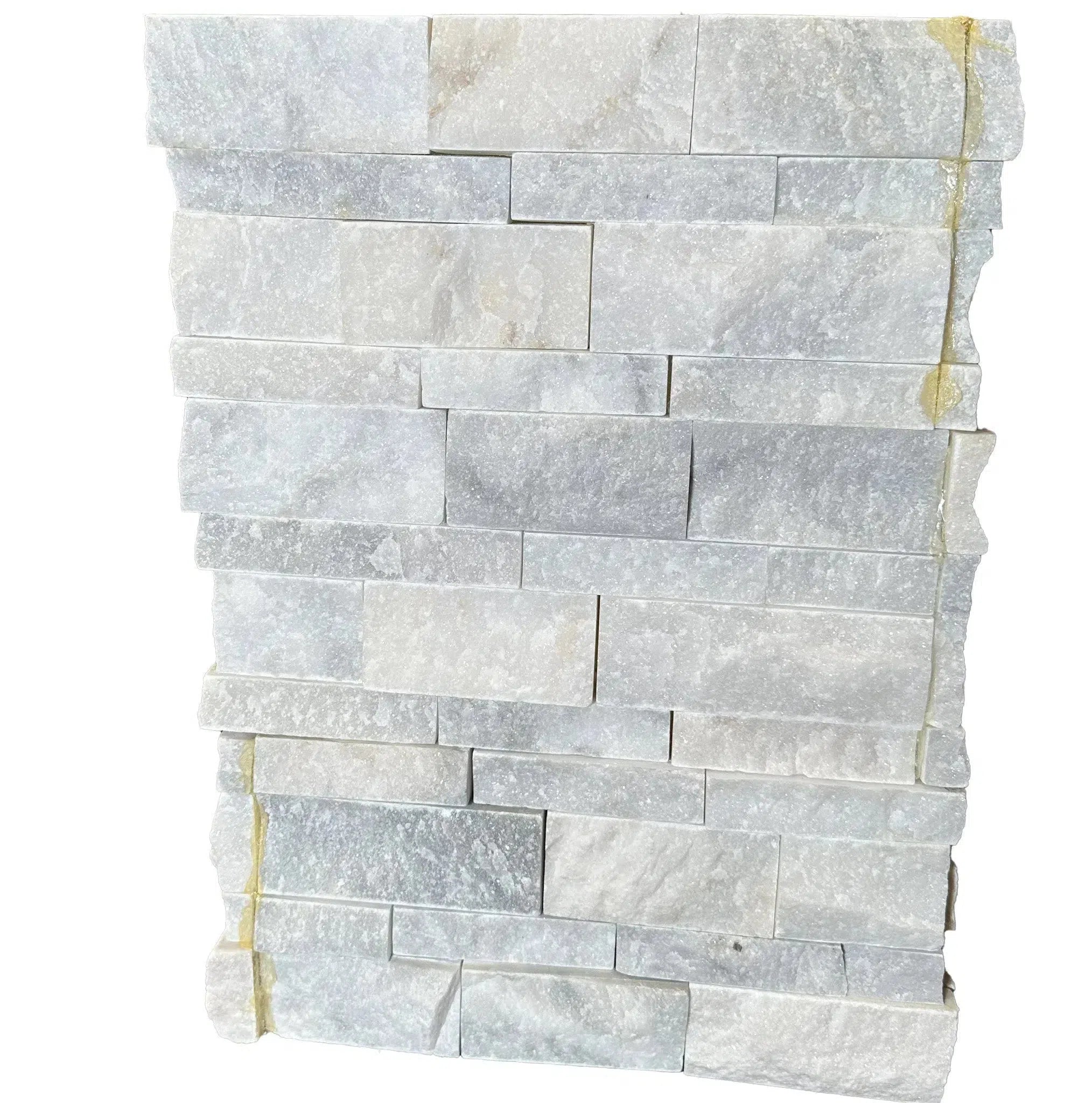 Ledger-Panel
Ledger-Panel Checkerboard
Checkerboard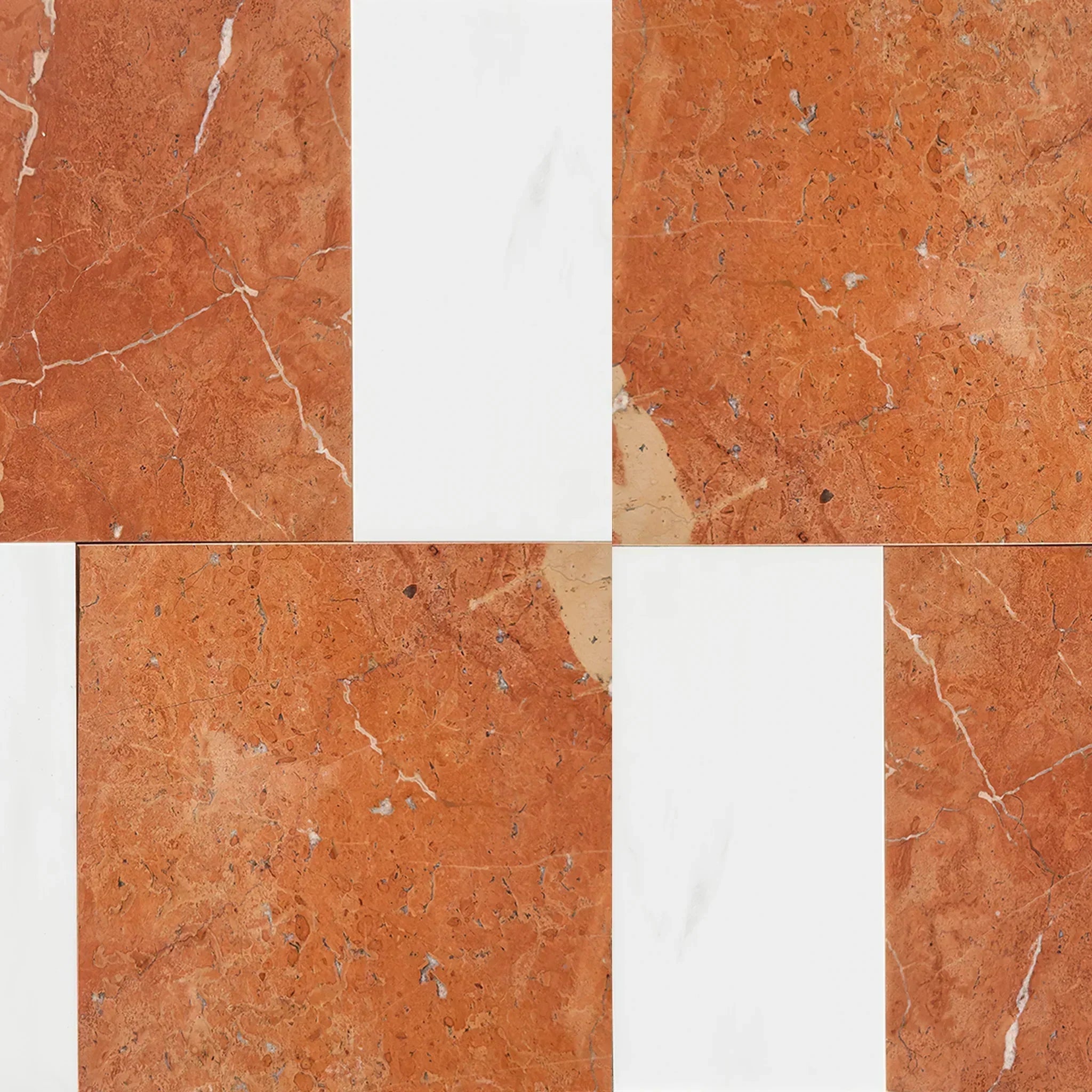 Patterned Tile Collection
Patterned Tile Collection  Shop By Finish
Shop By Finish
 Polished
Polished Honed
Honed Brushed
Brushed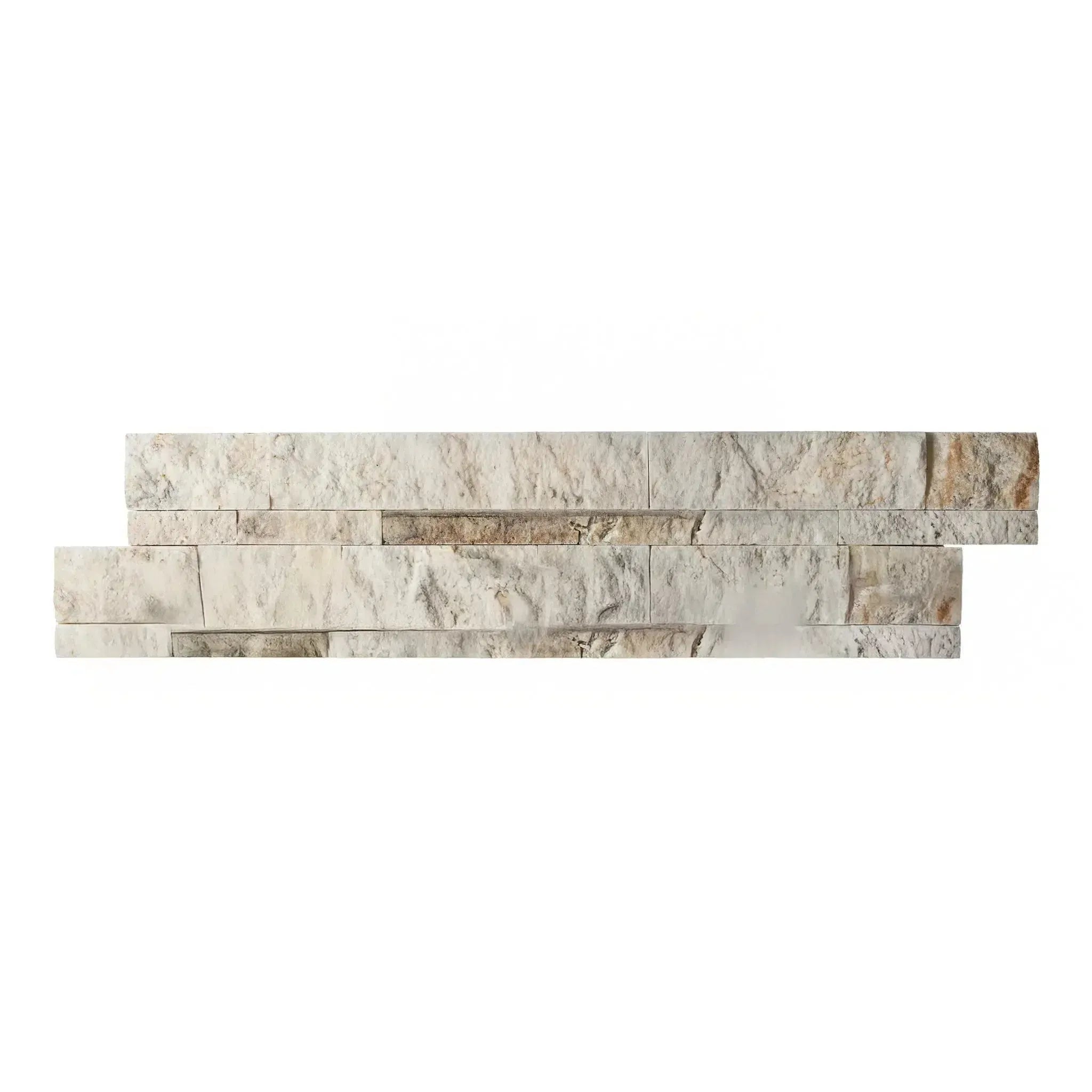 Split Face
Split Face Textured
Textured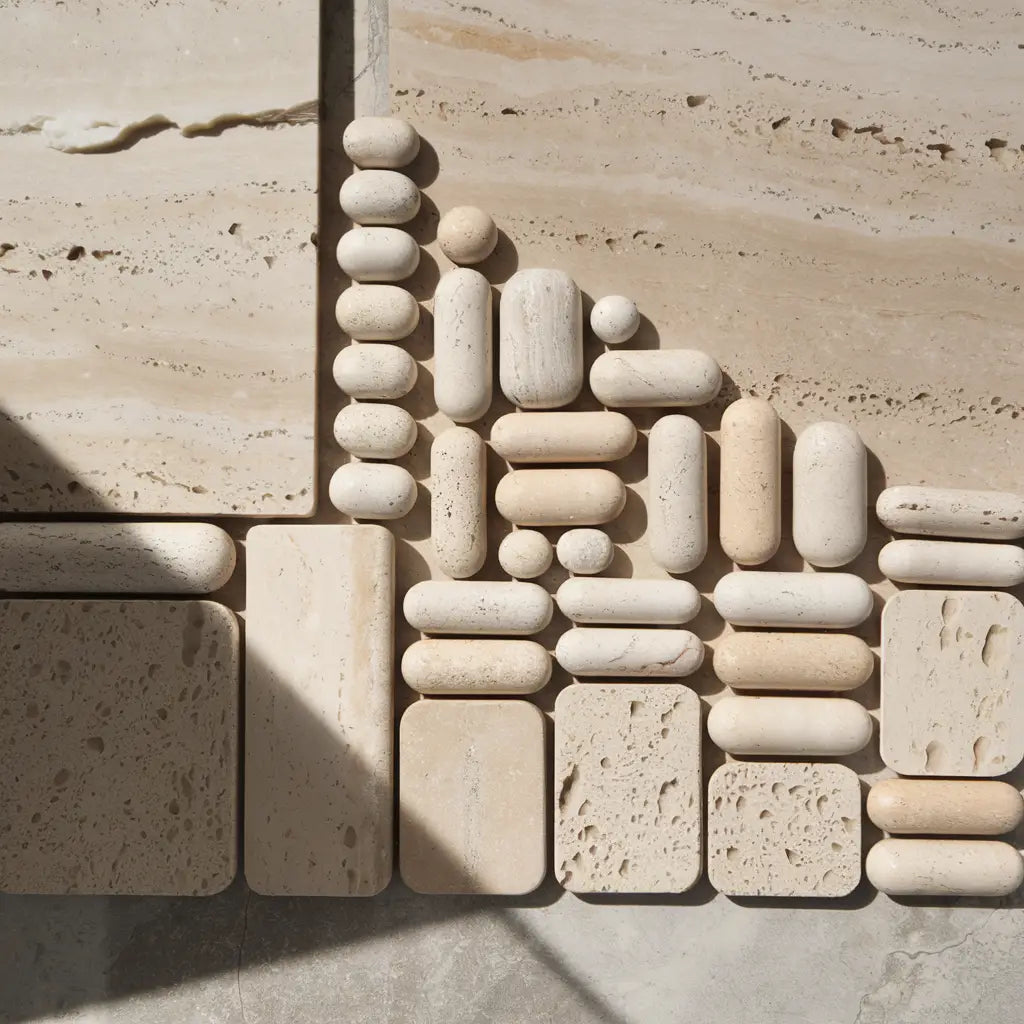 Tumbled
Tumbled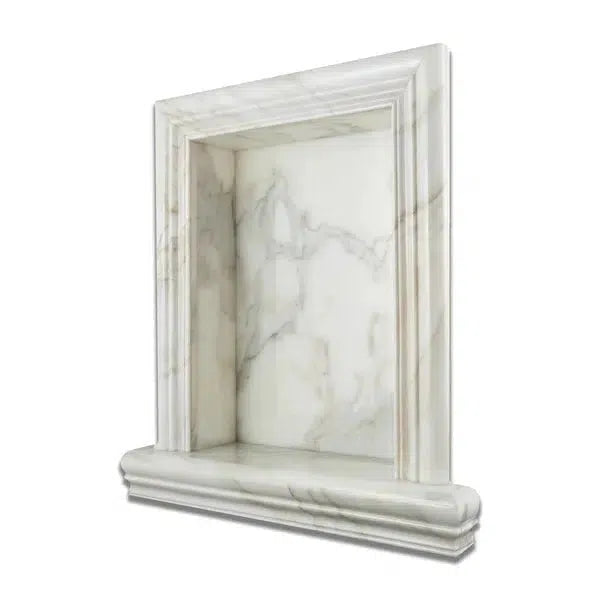 Accessories
Accessories
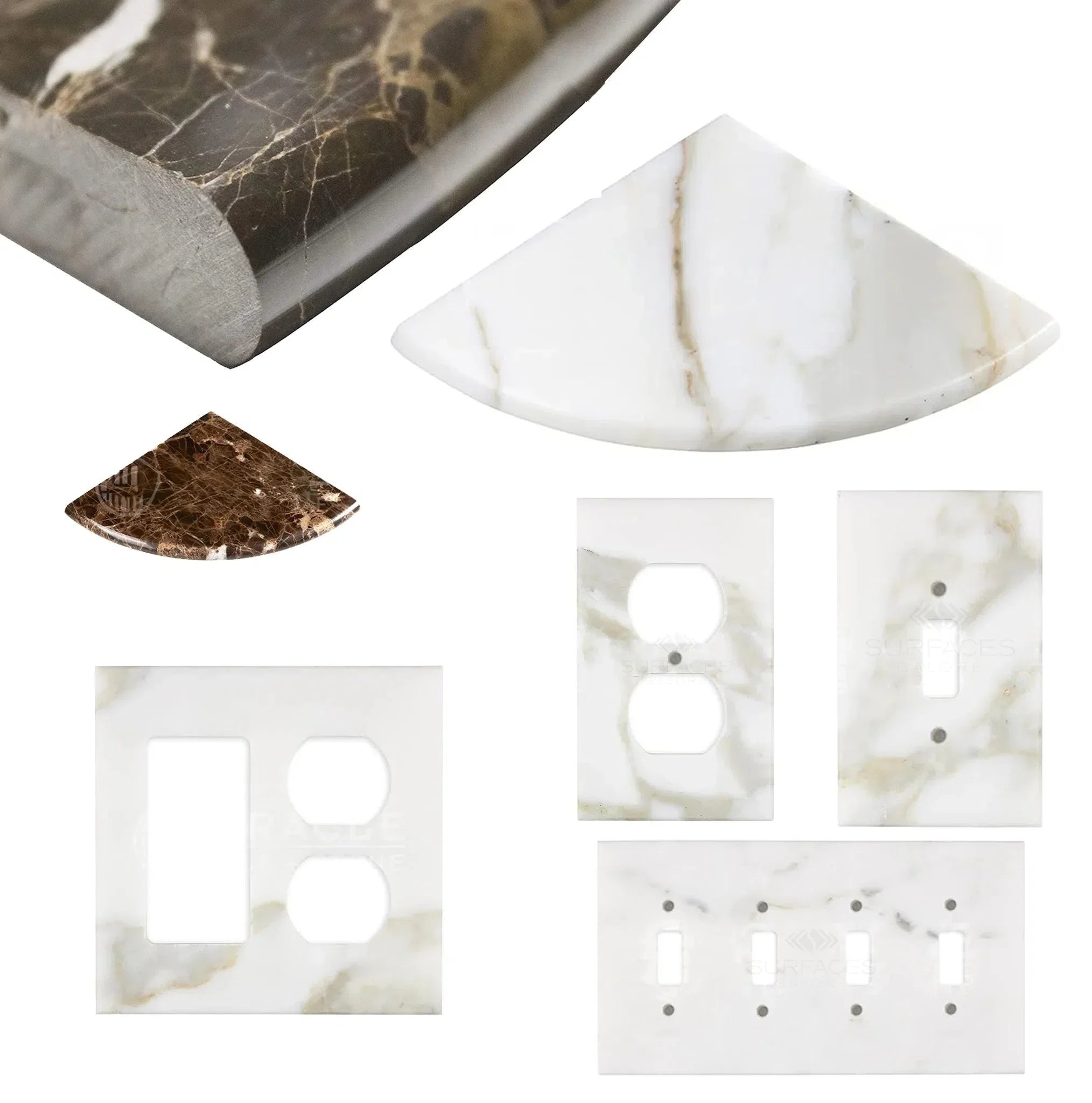 Wall Plate / Switch Plate
Wall Plate / Switch Plate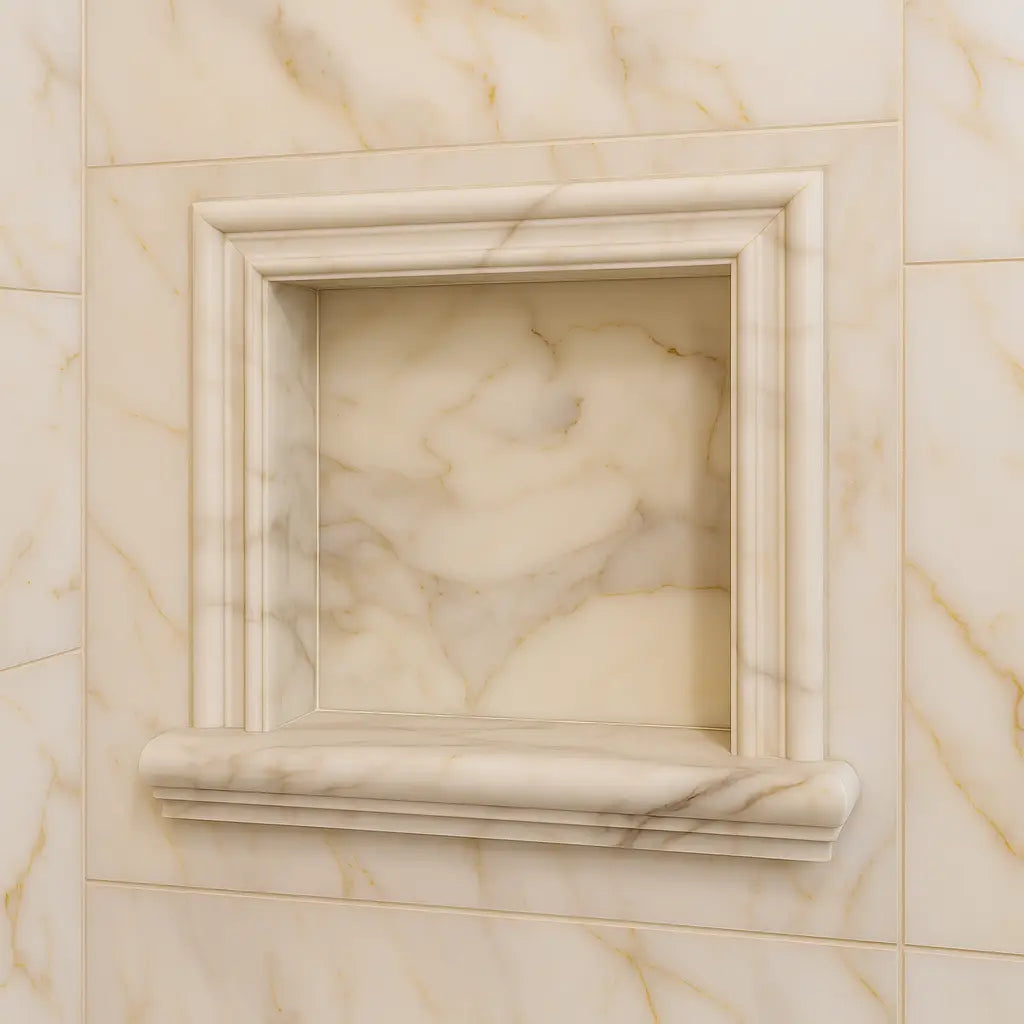 Shampoo Niche
Shampoo Niche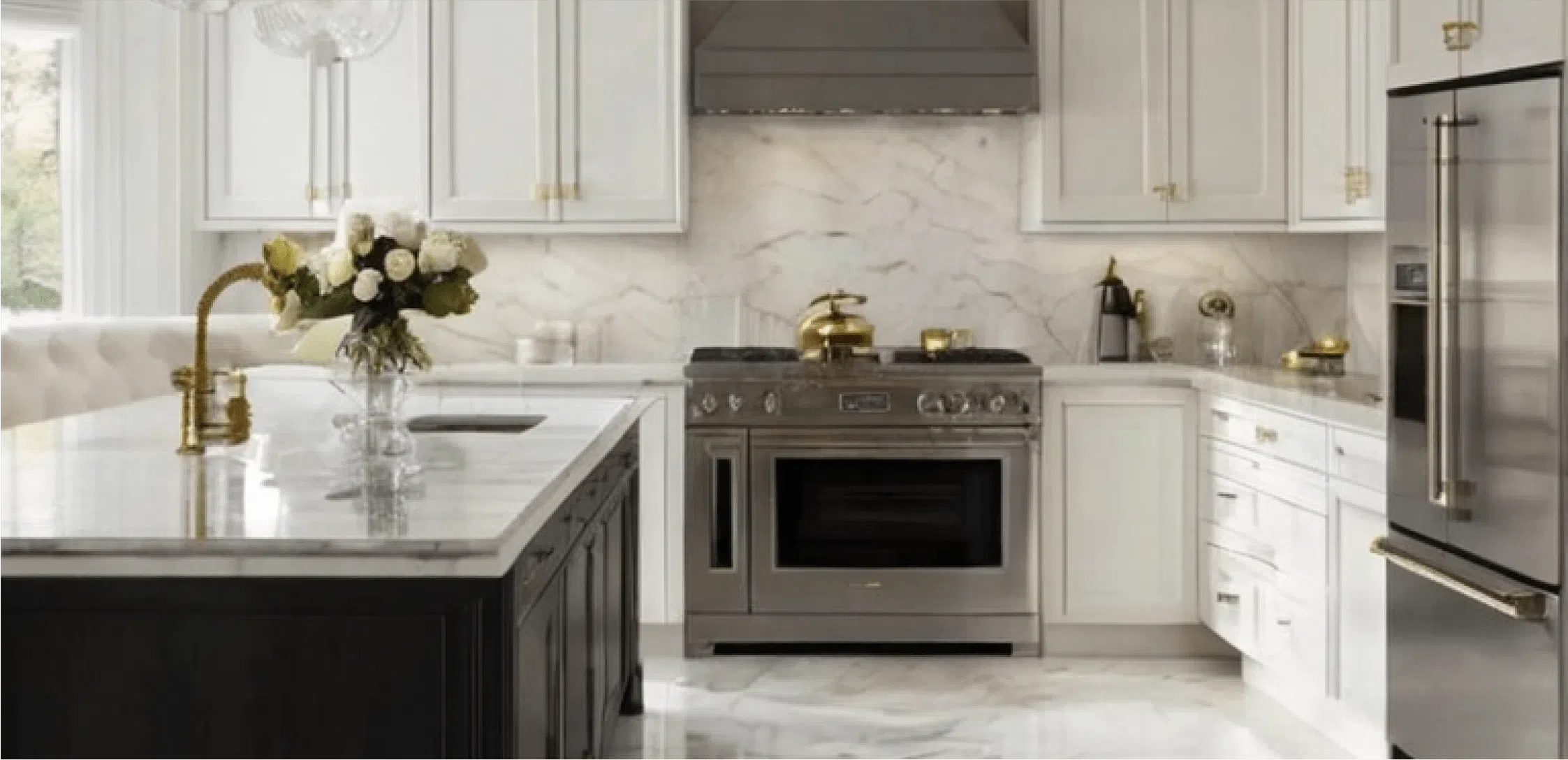 Corner Shelf
Corner Shelf Clearance
Clearance





Leave a comment